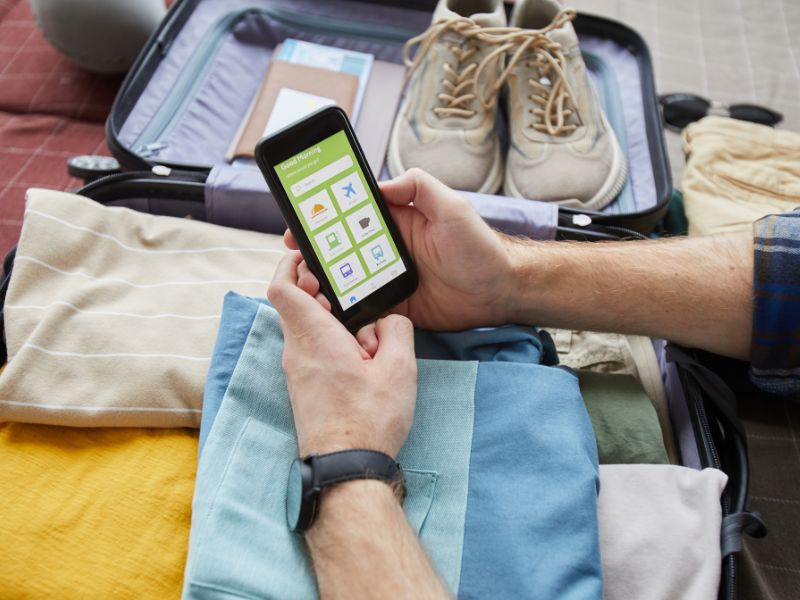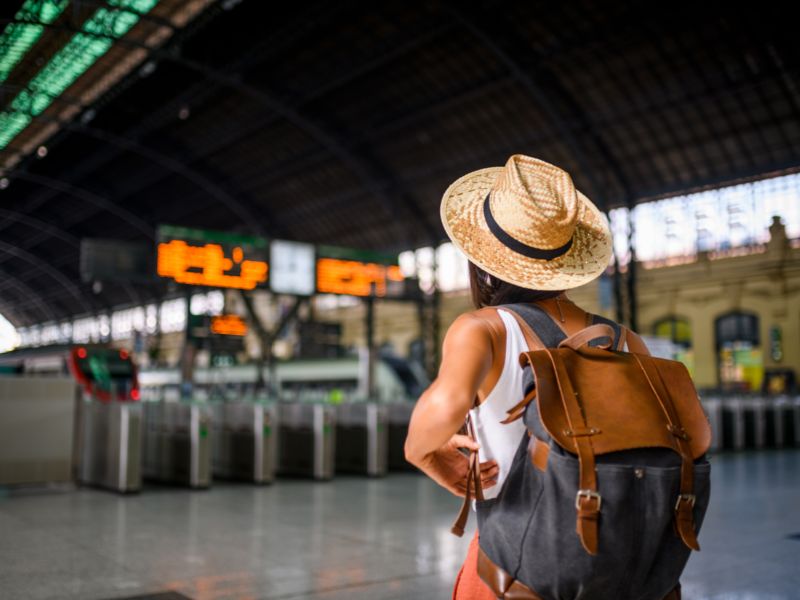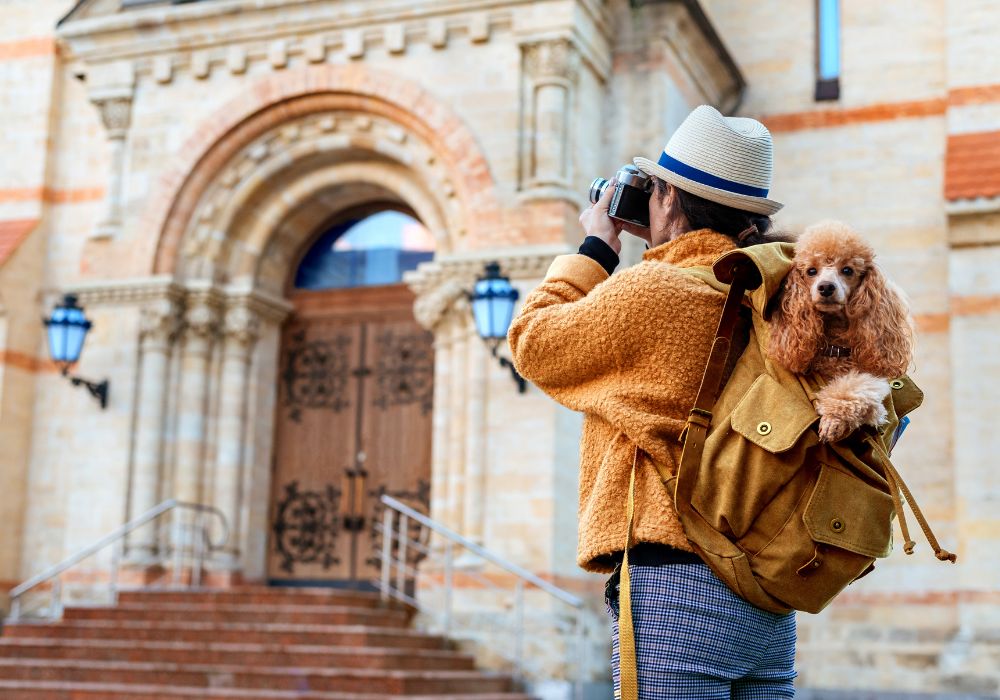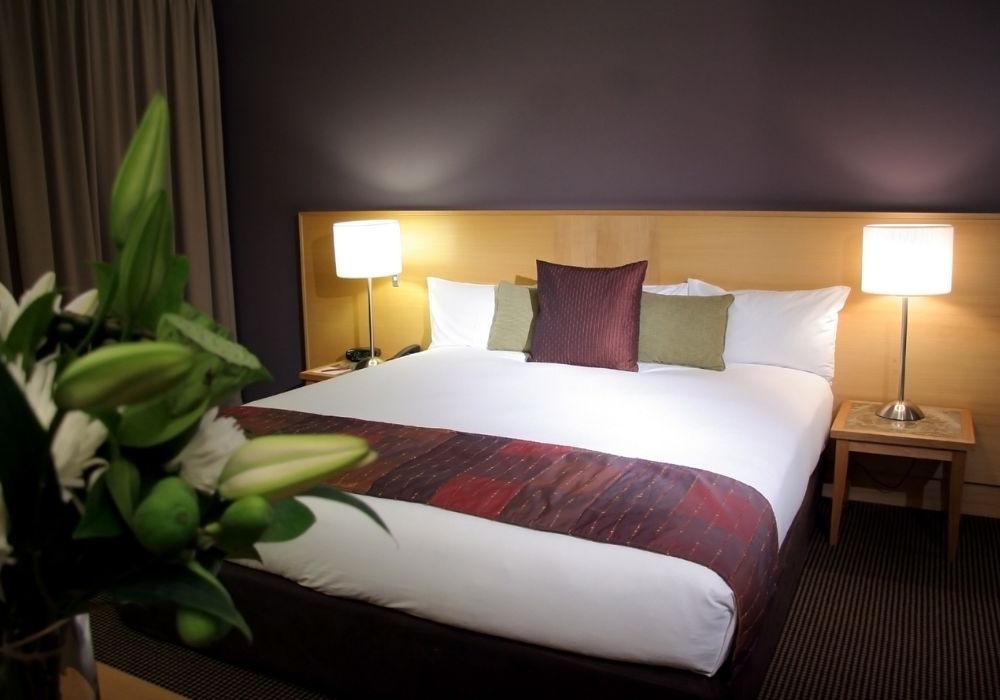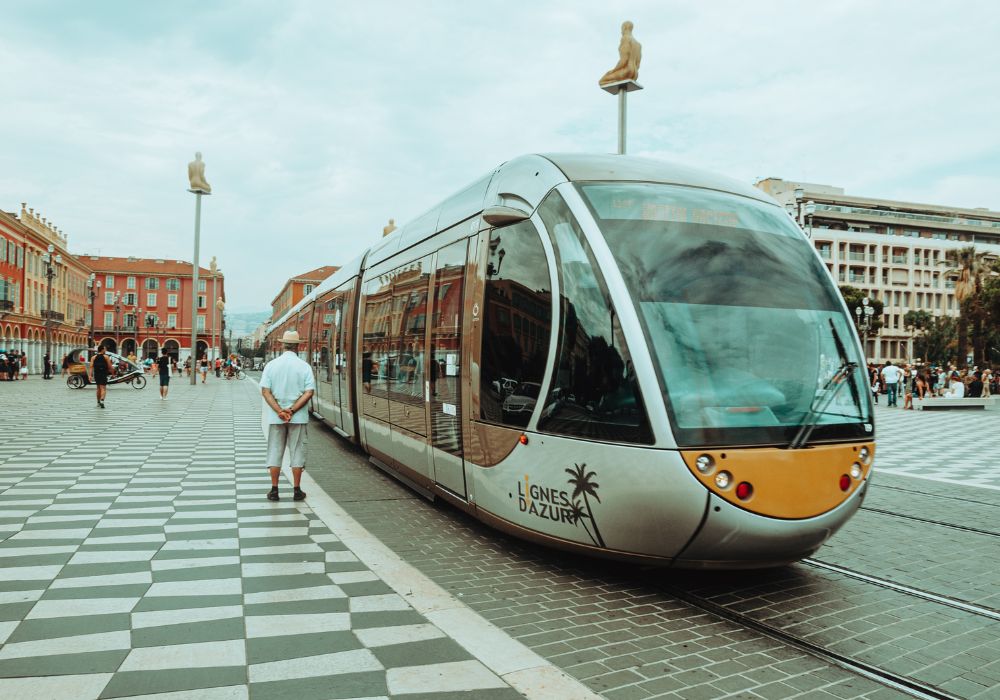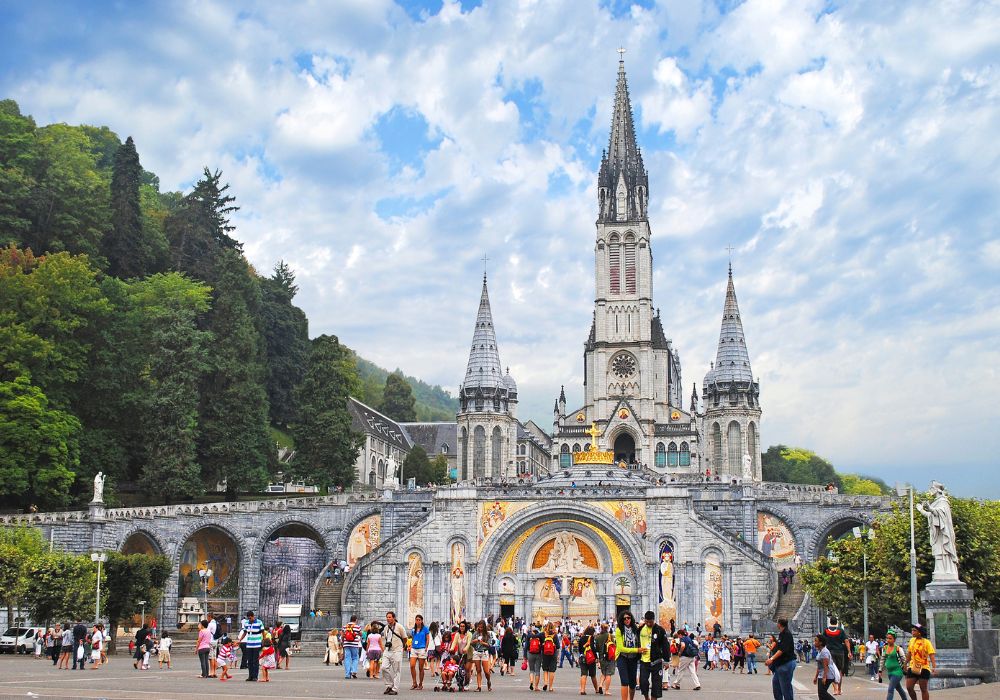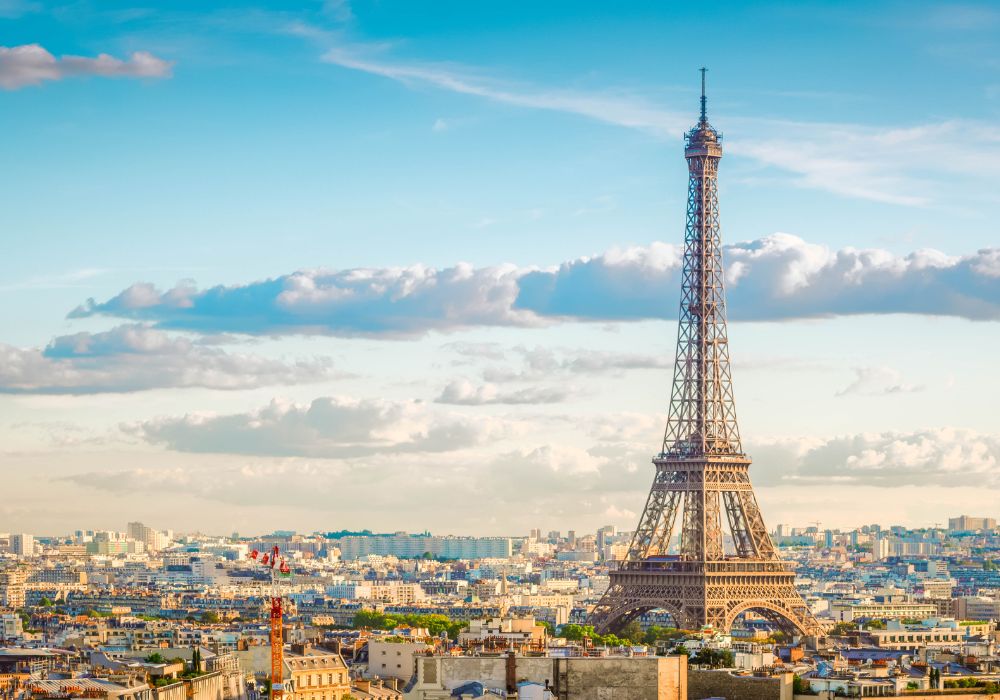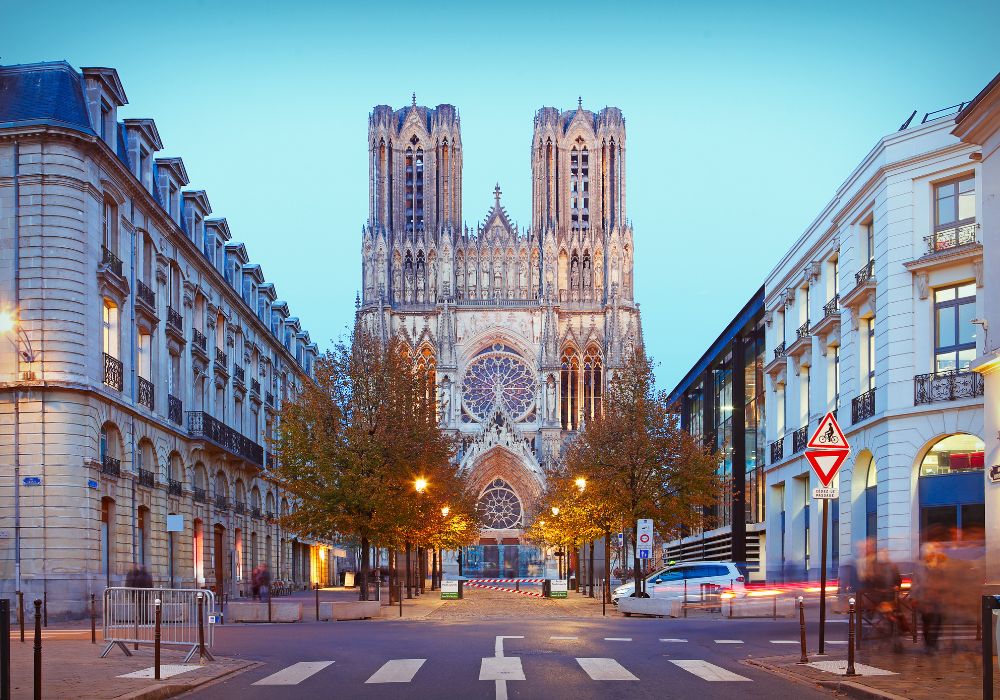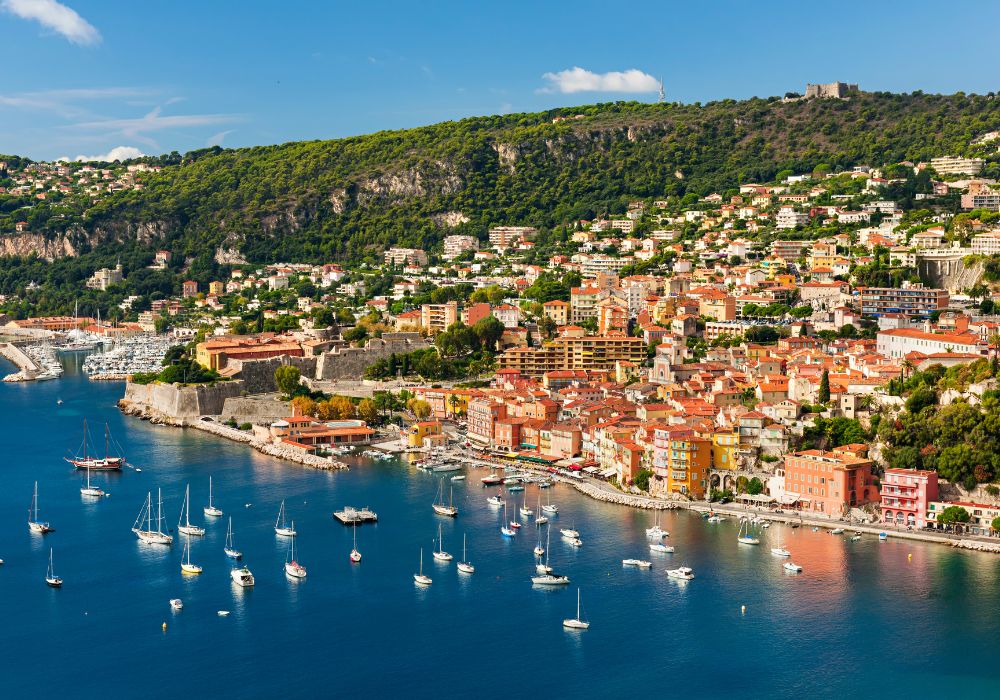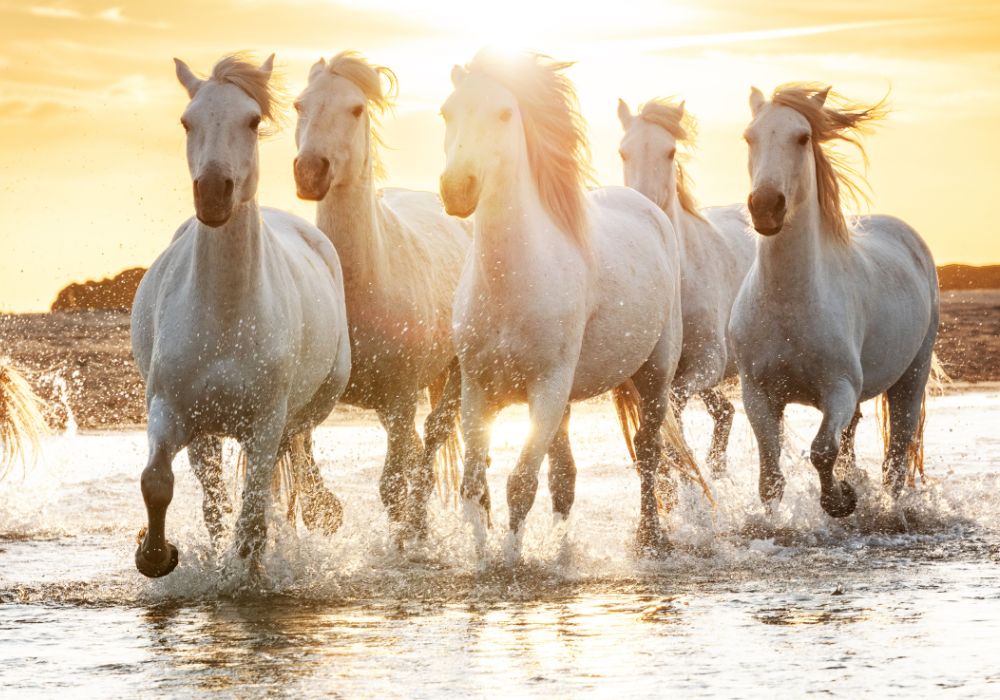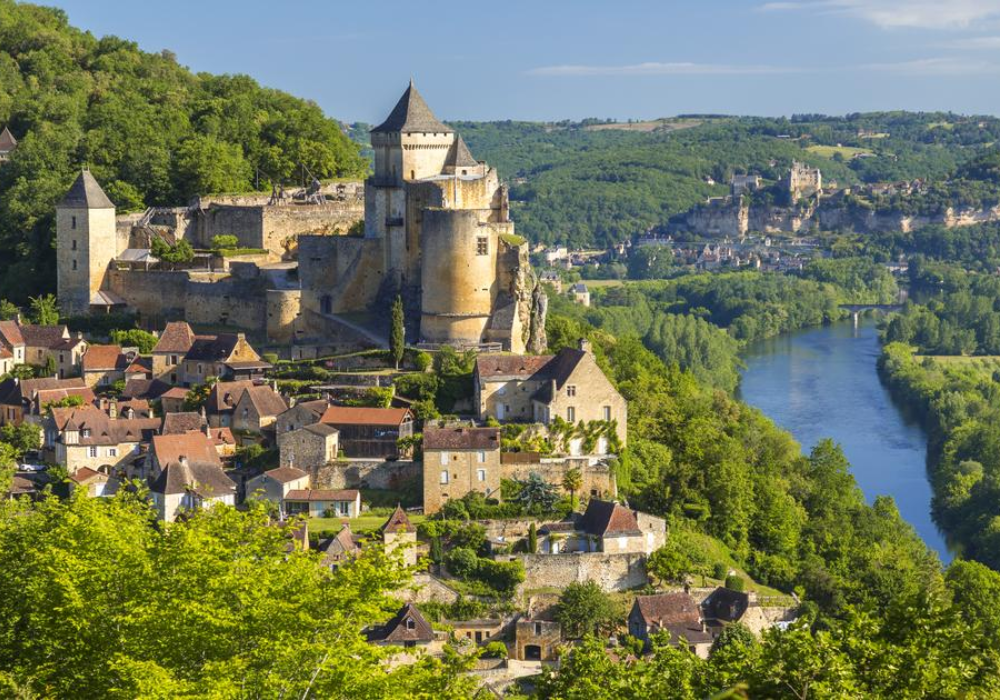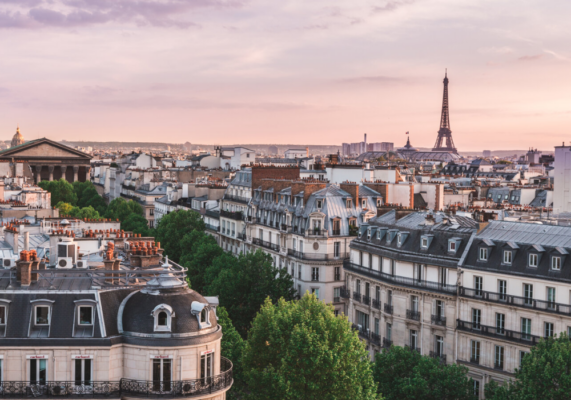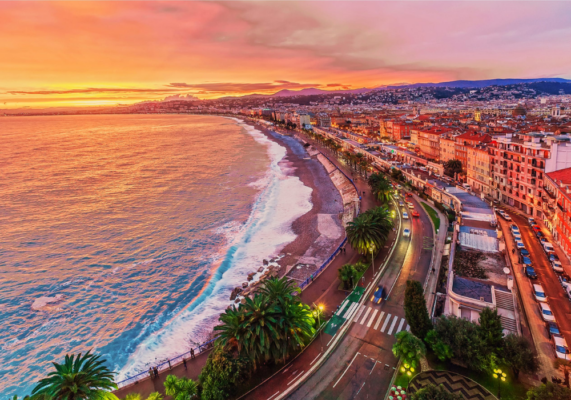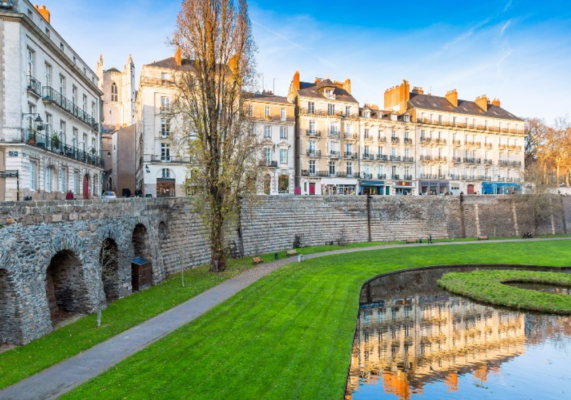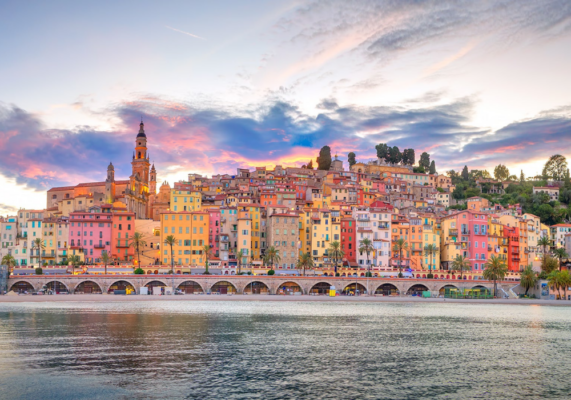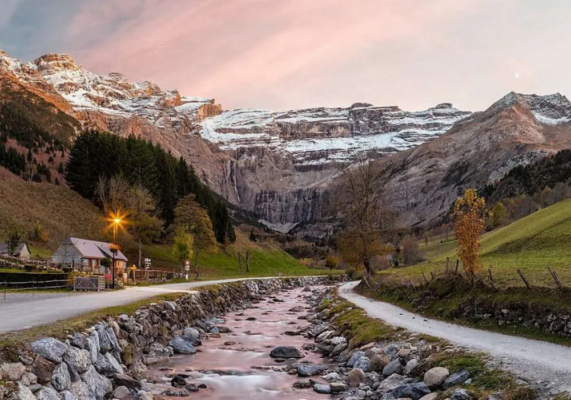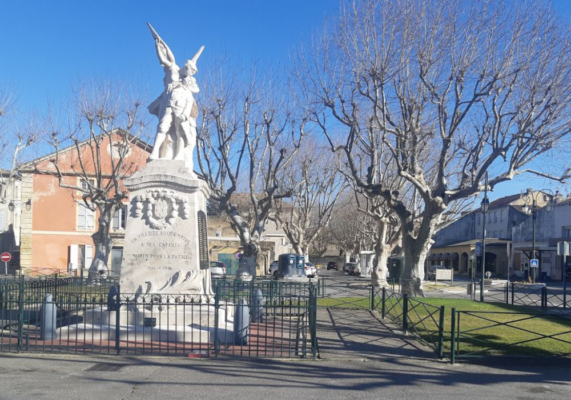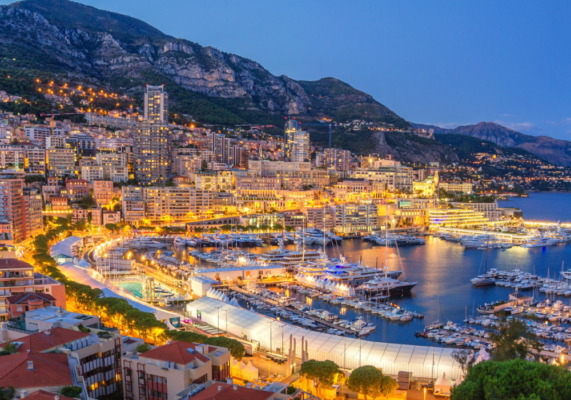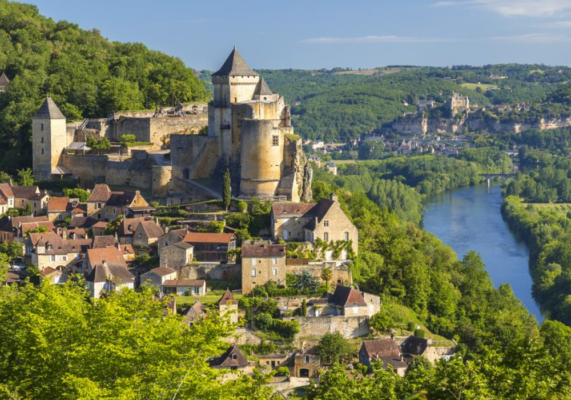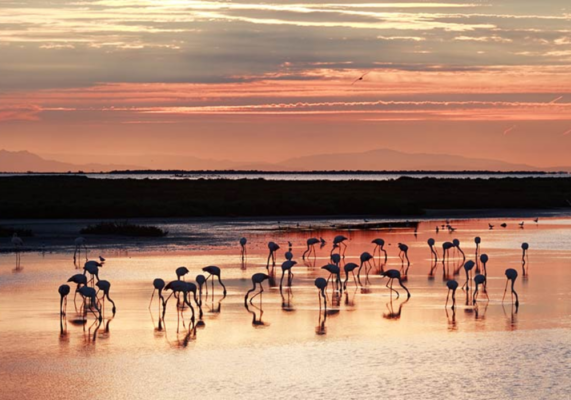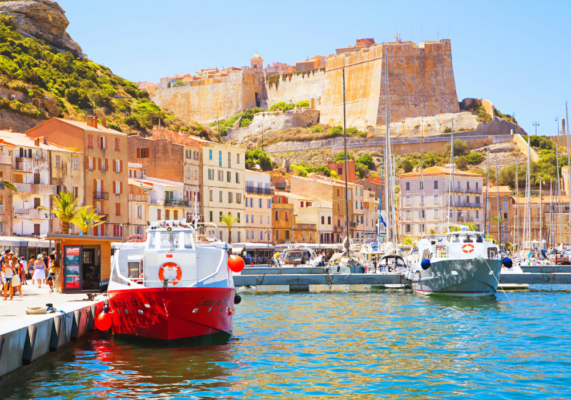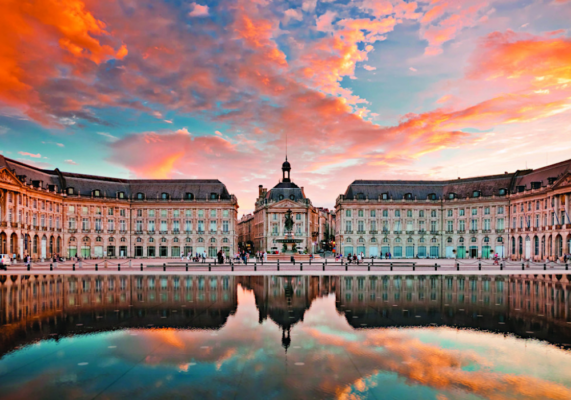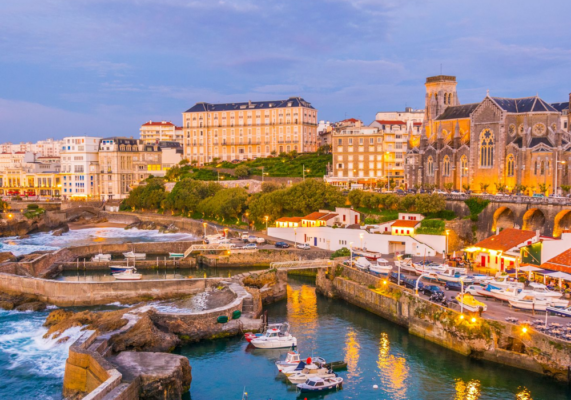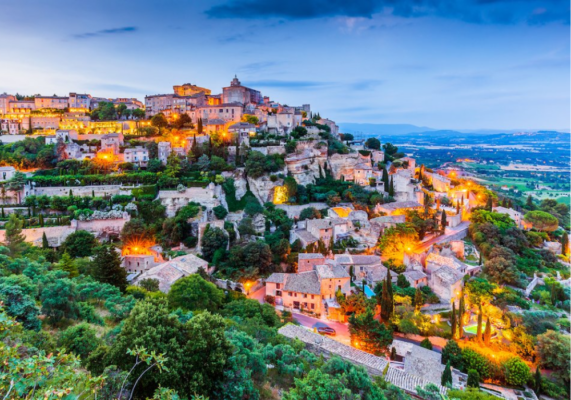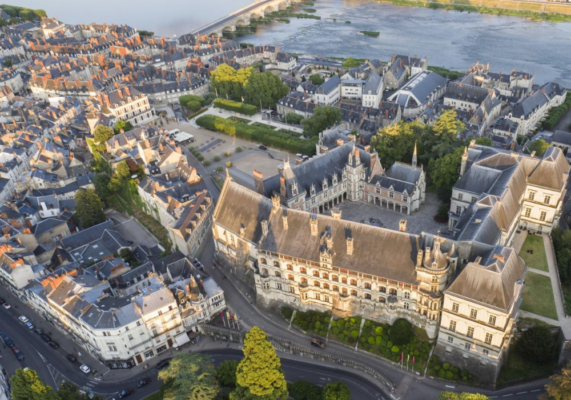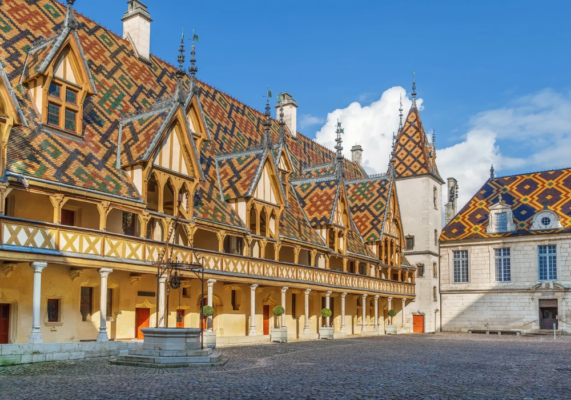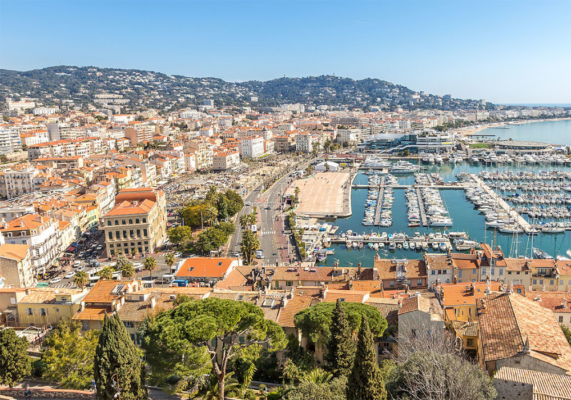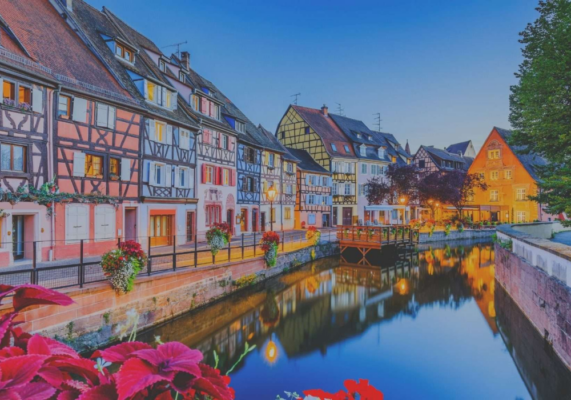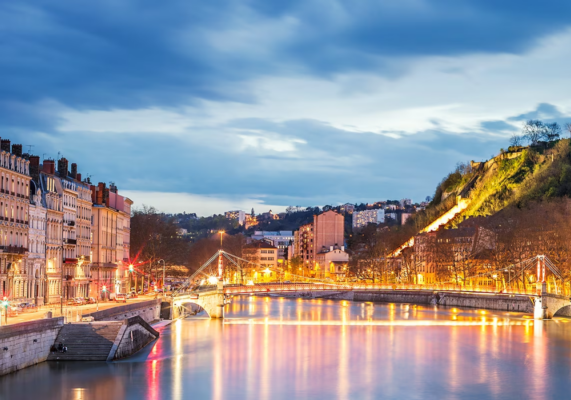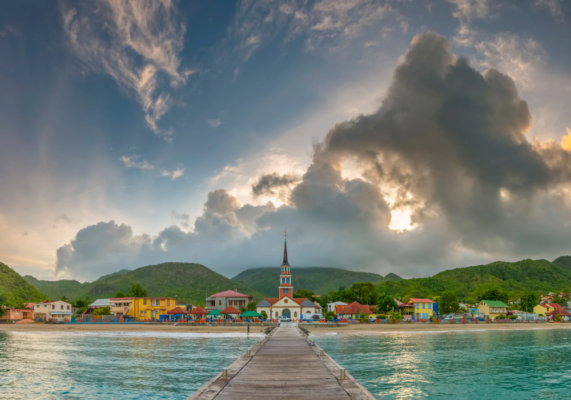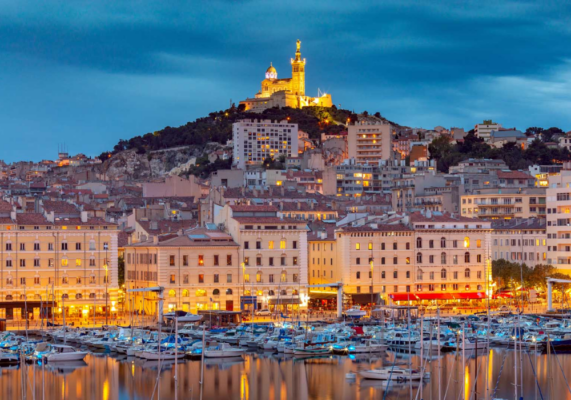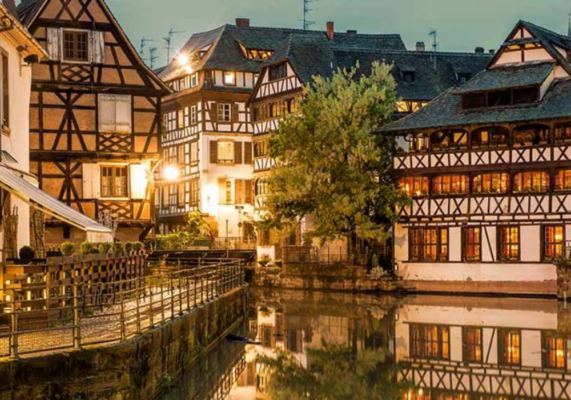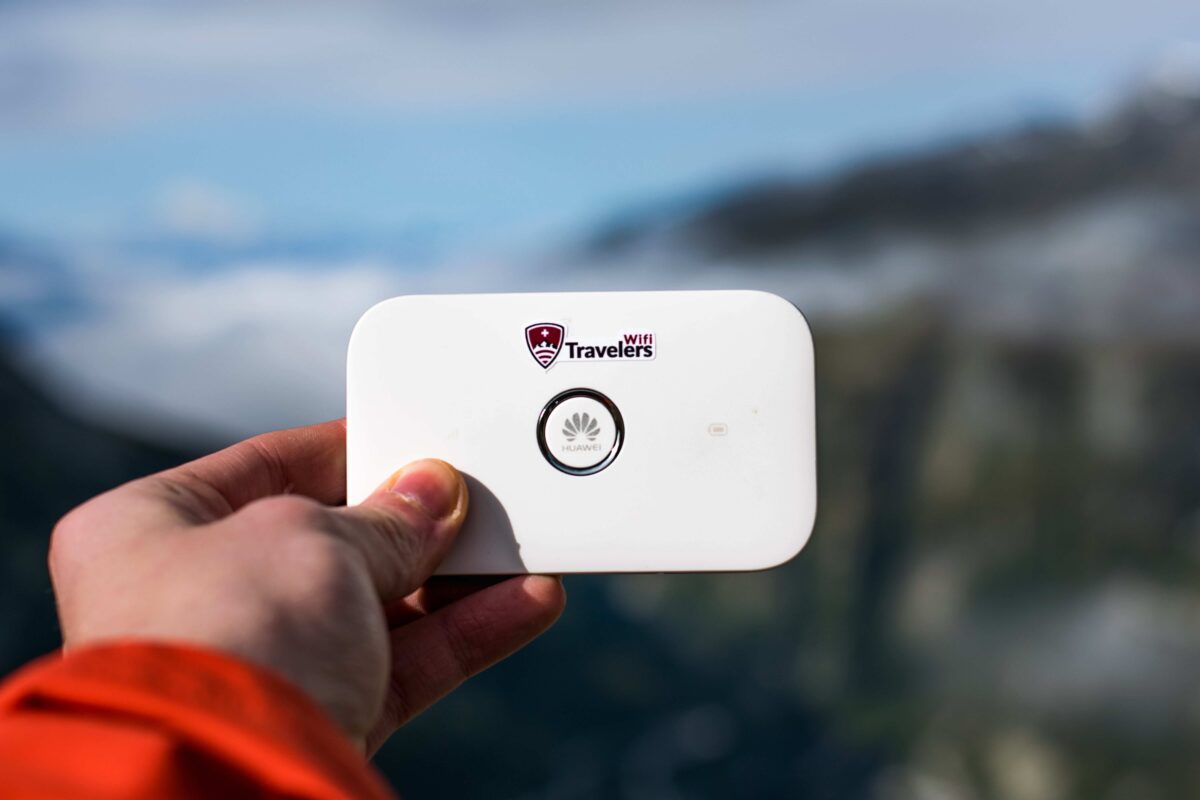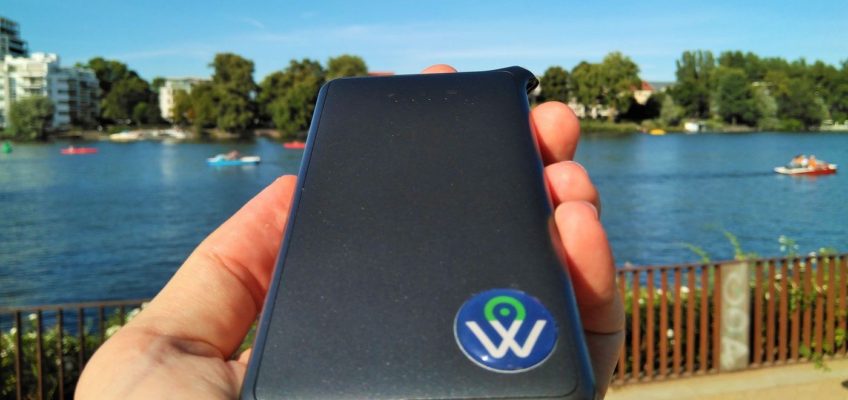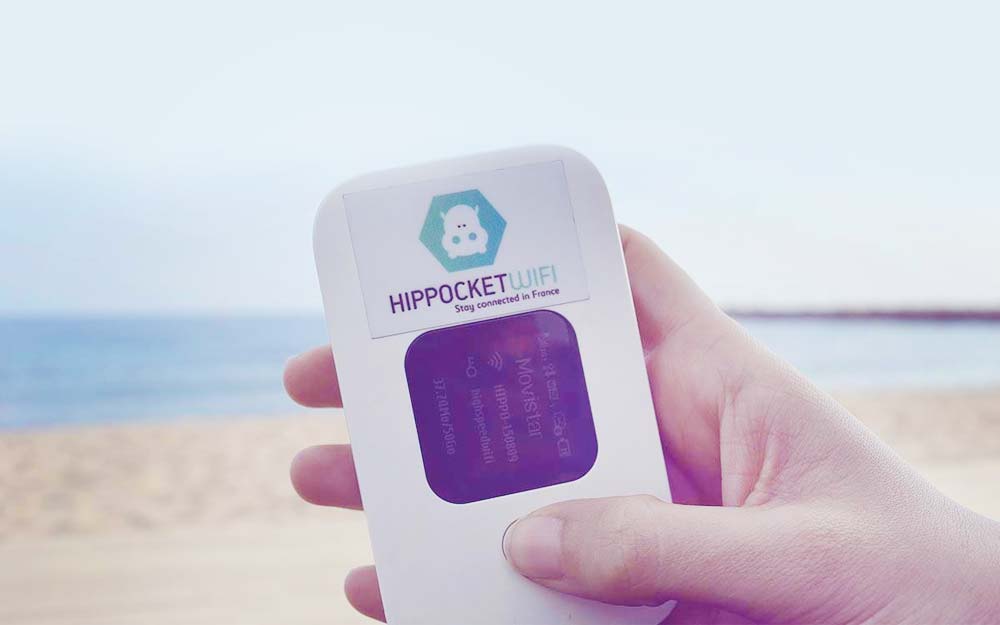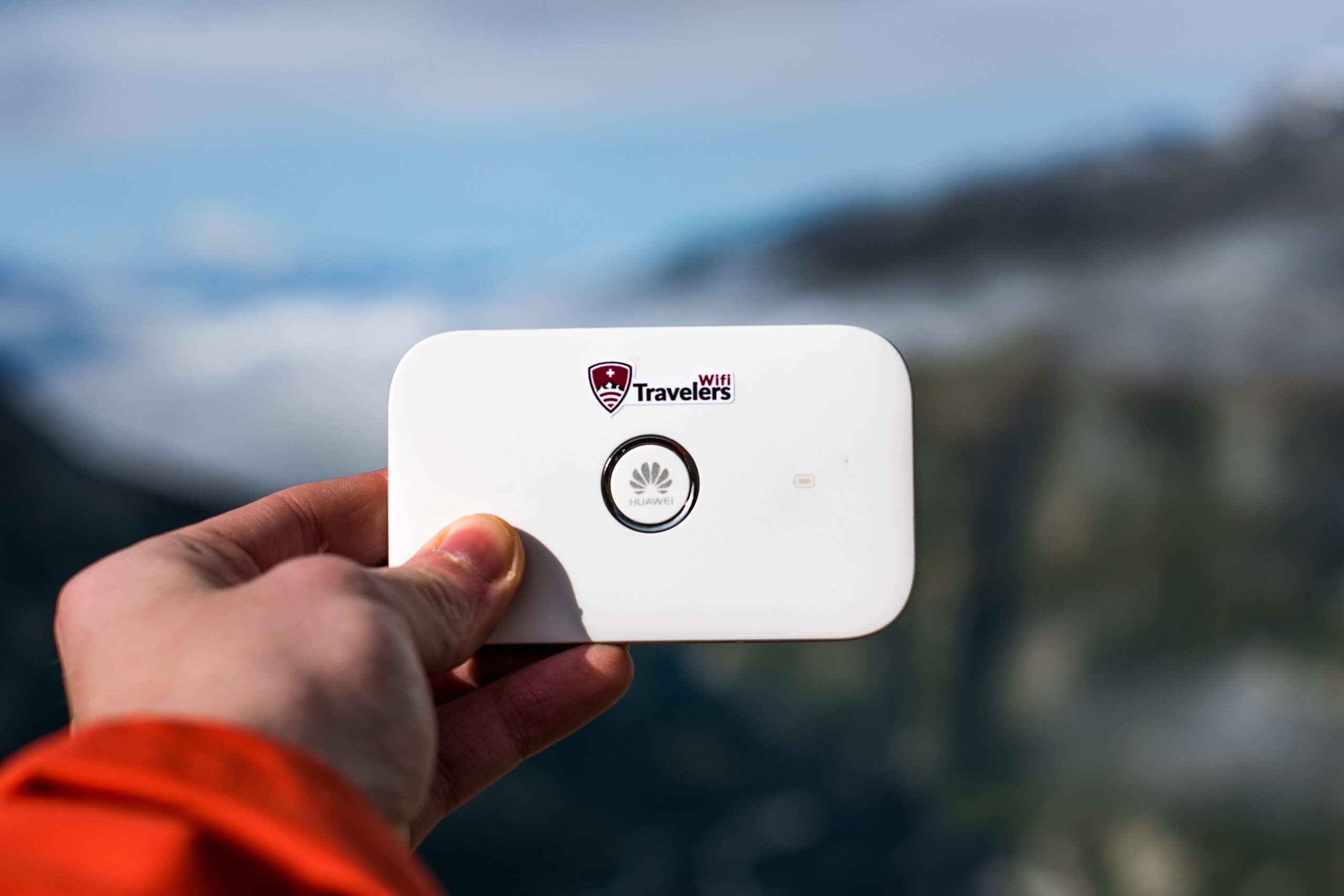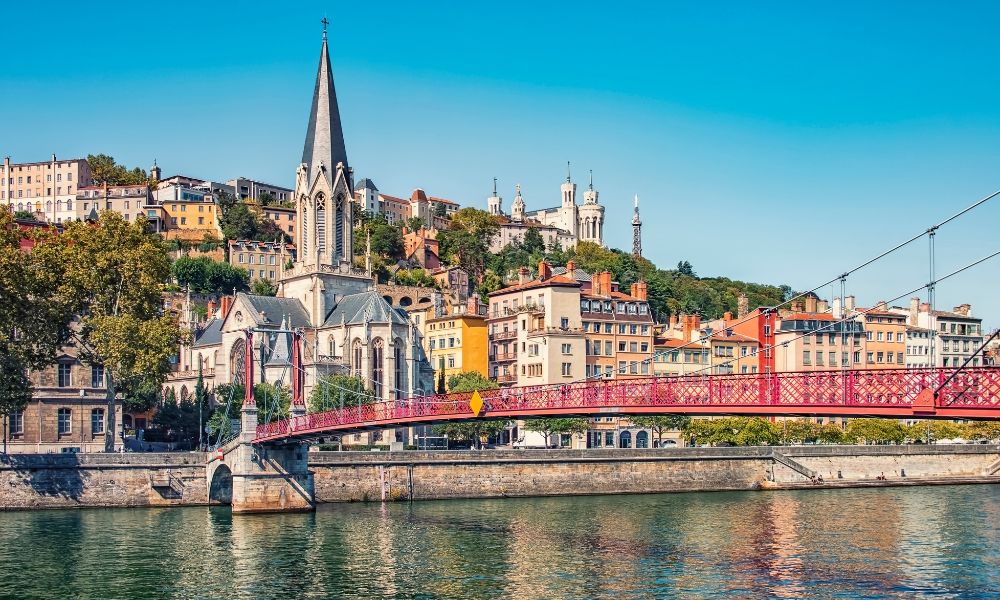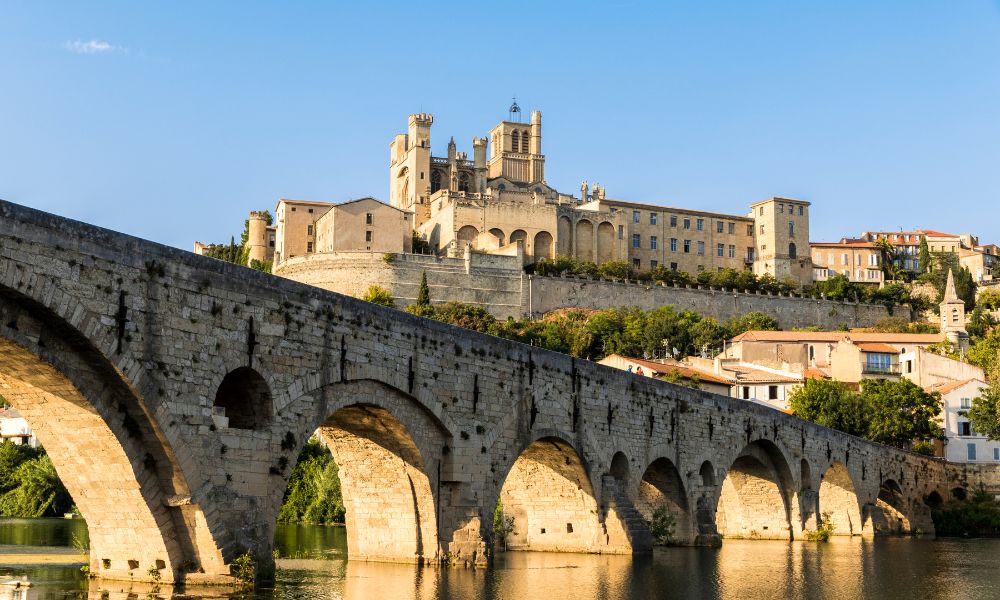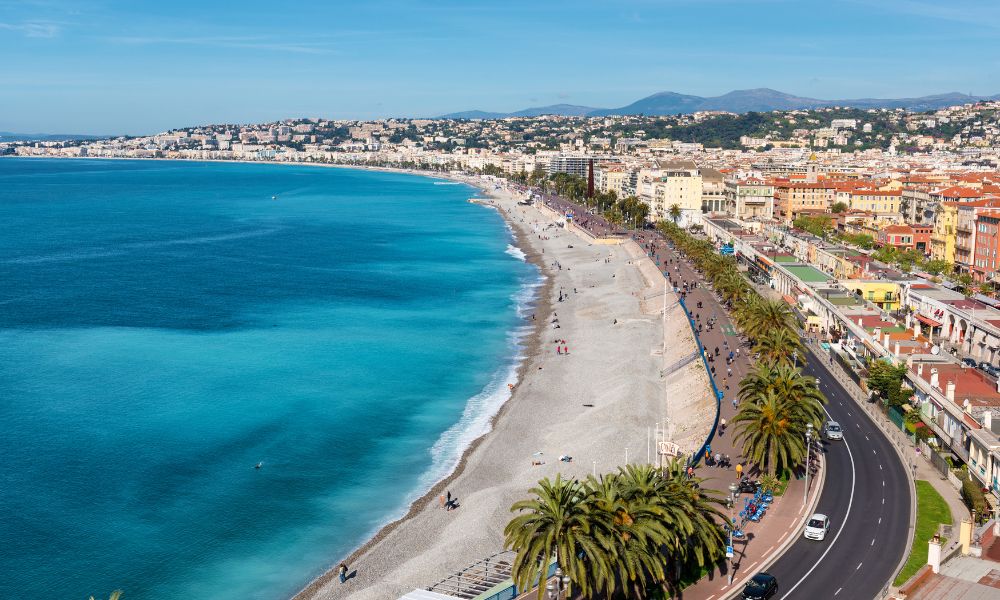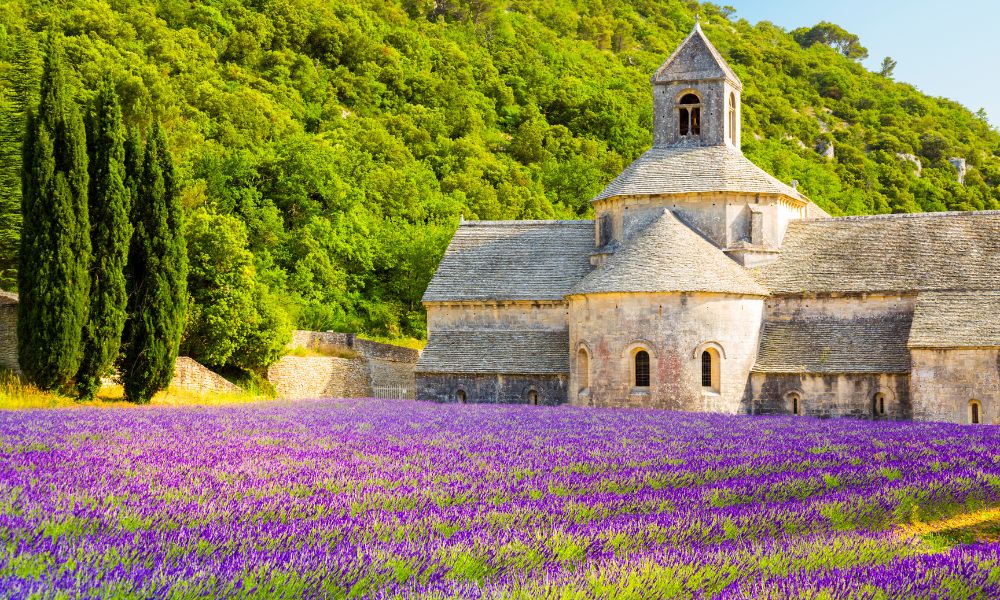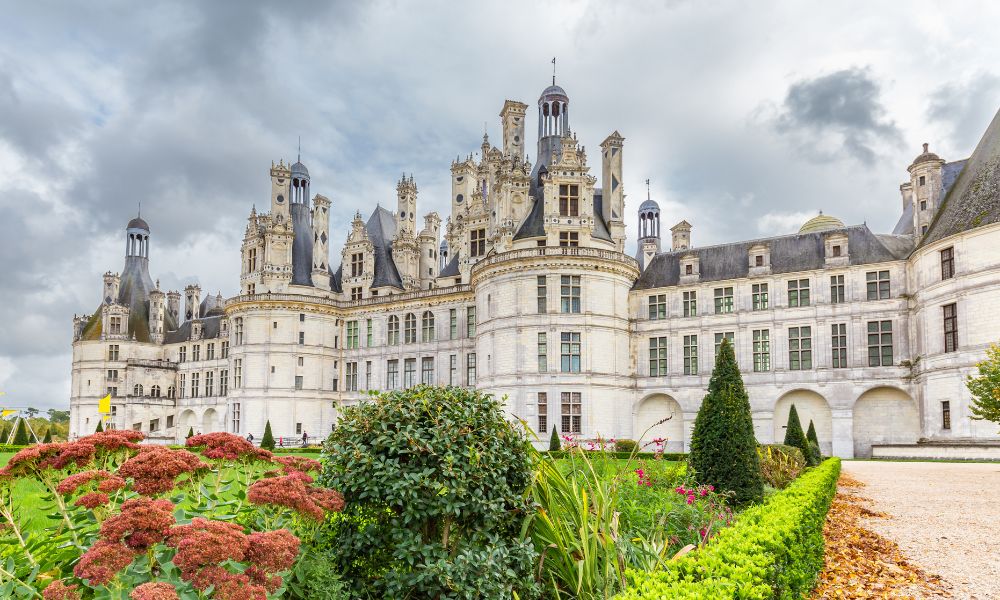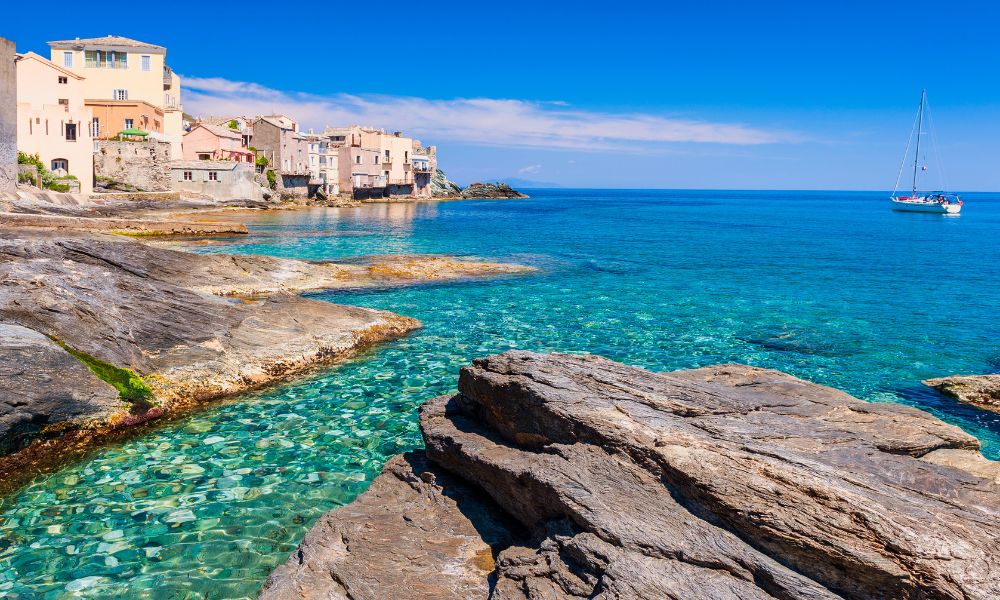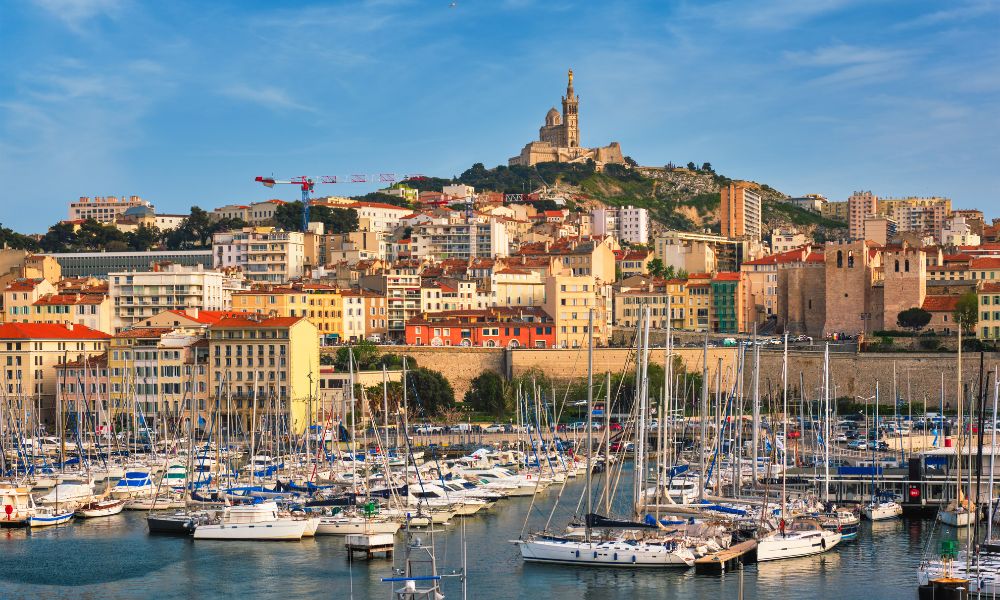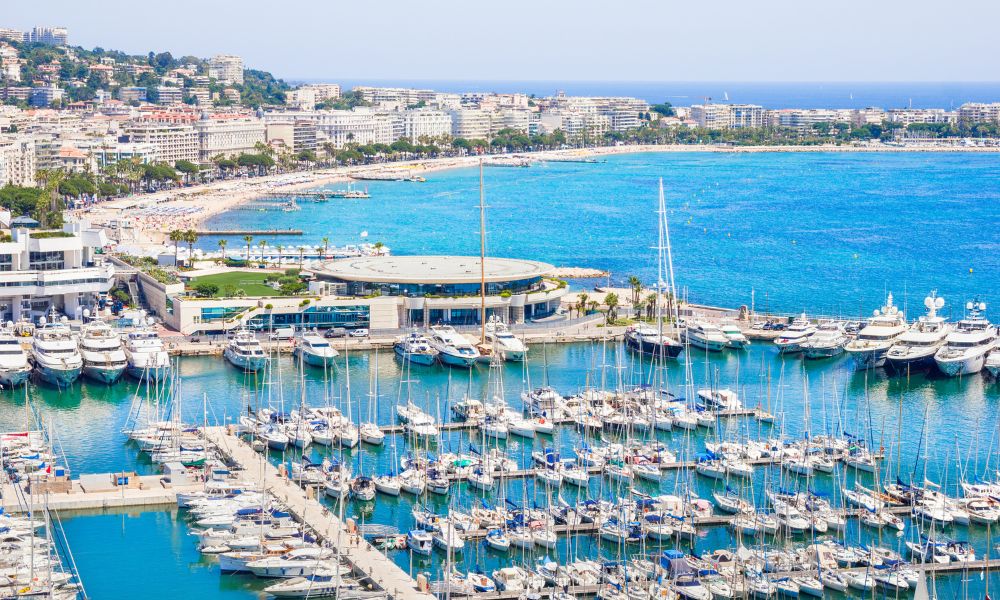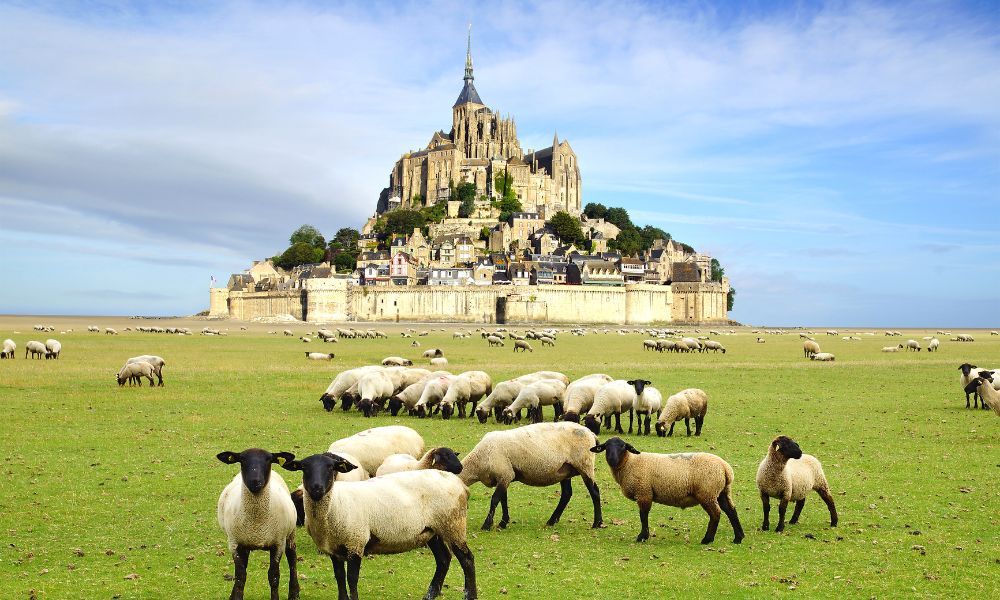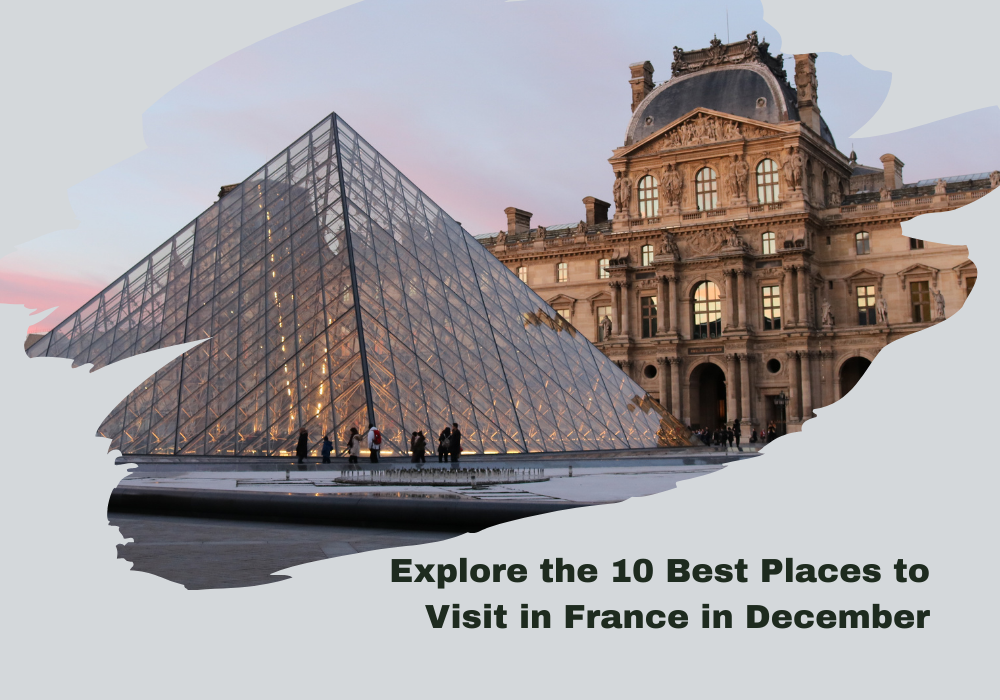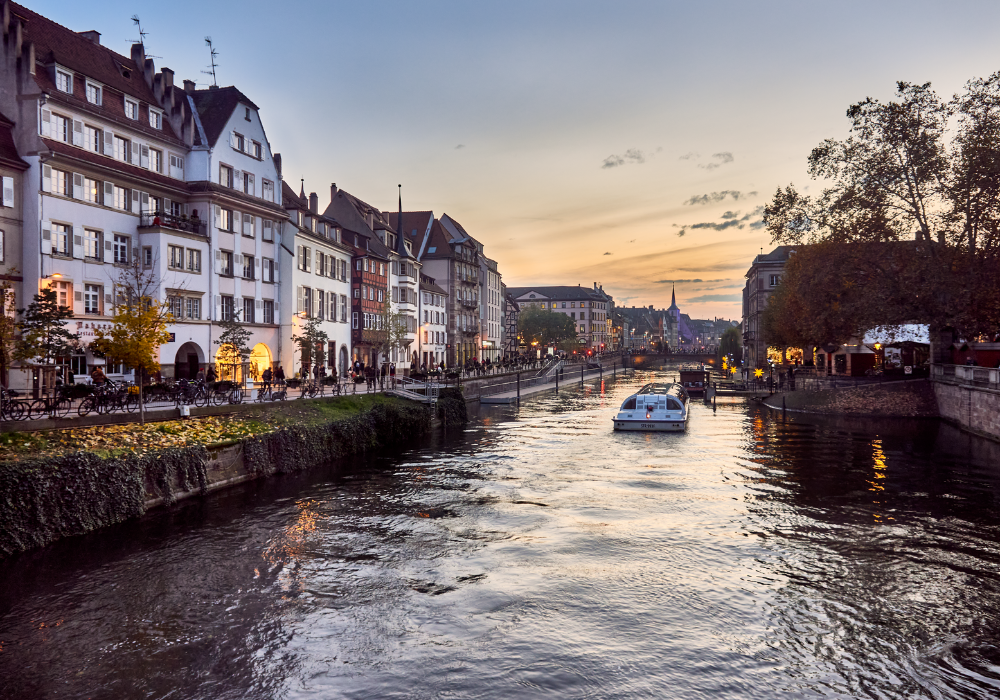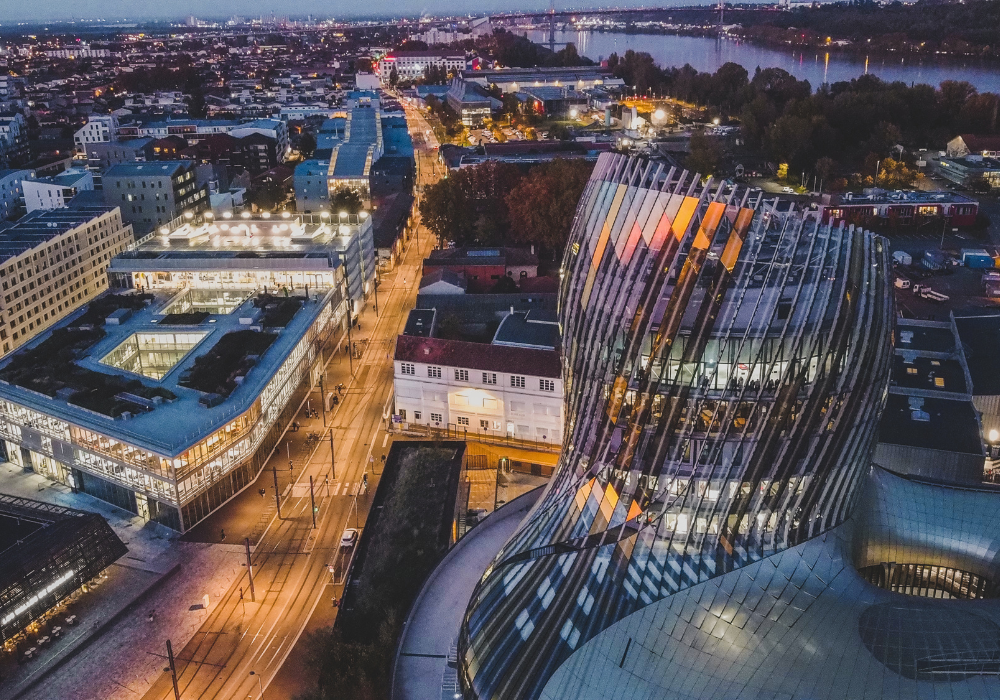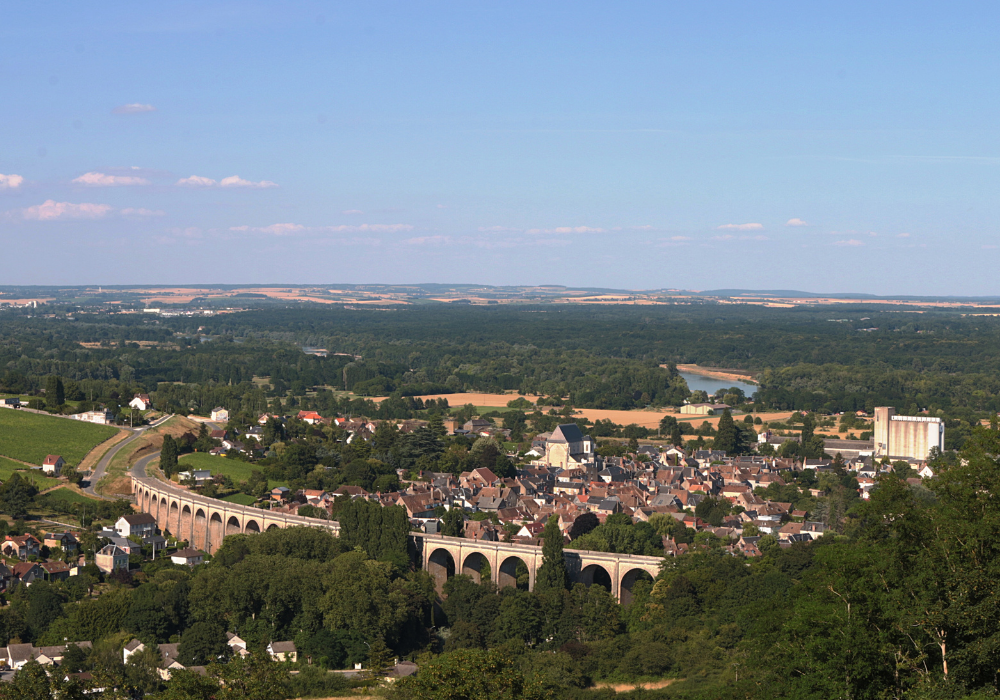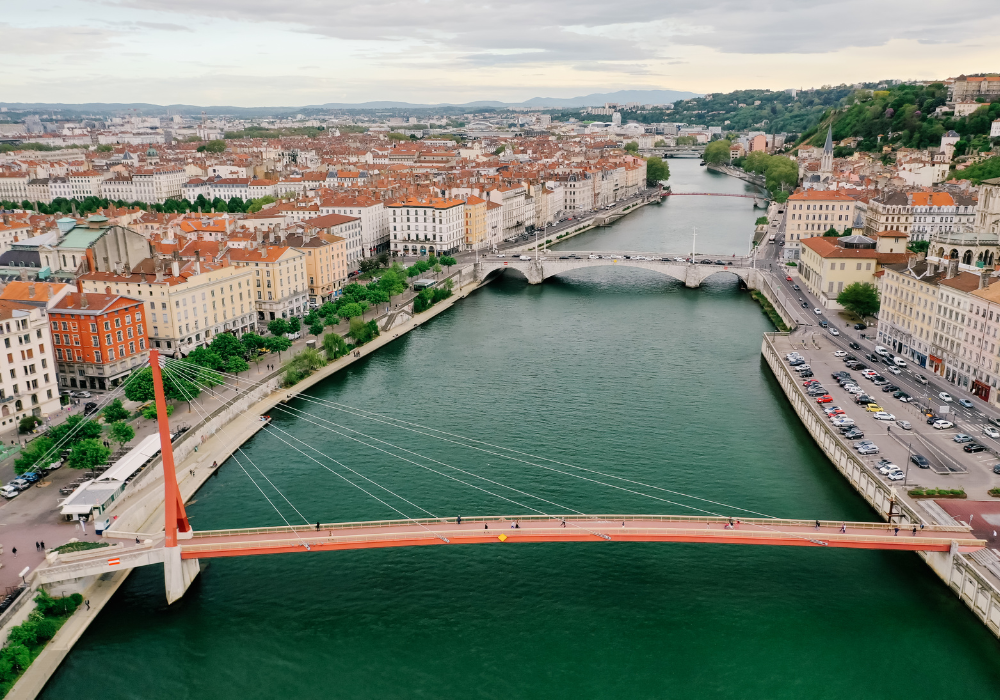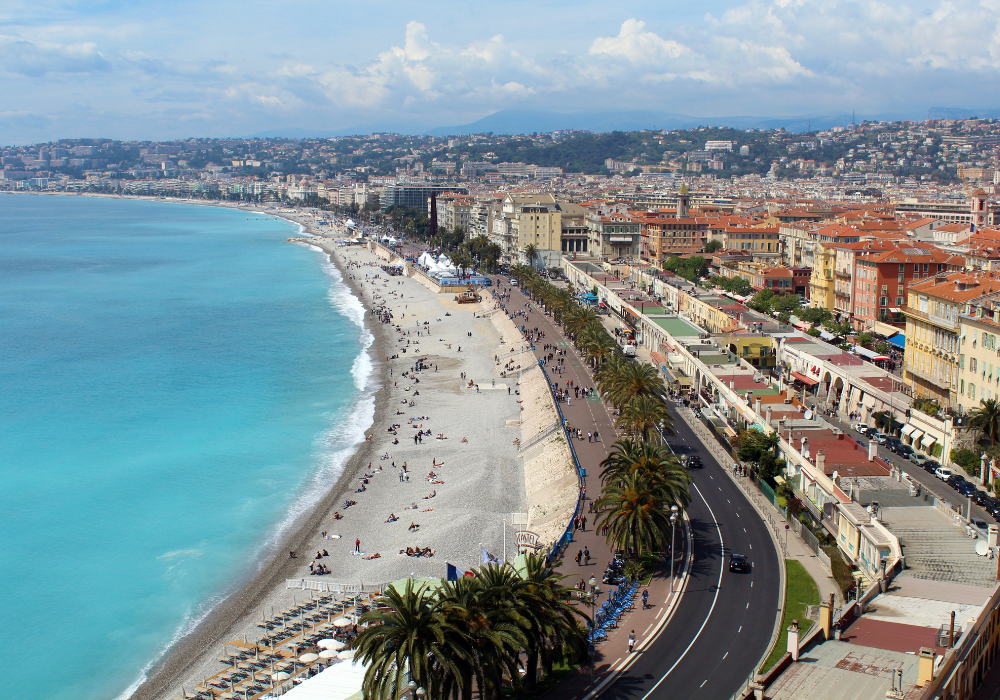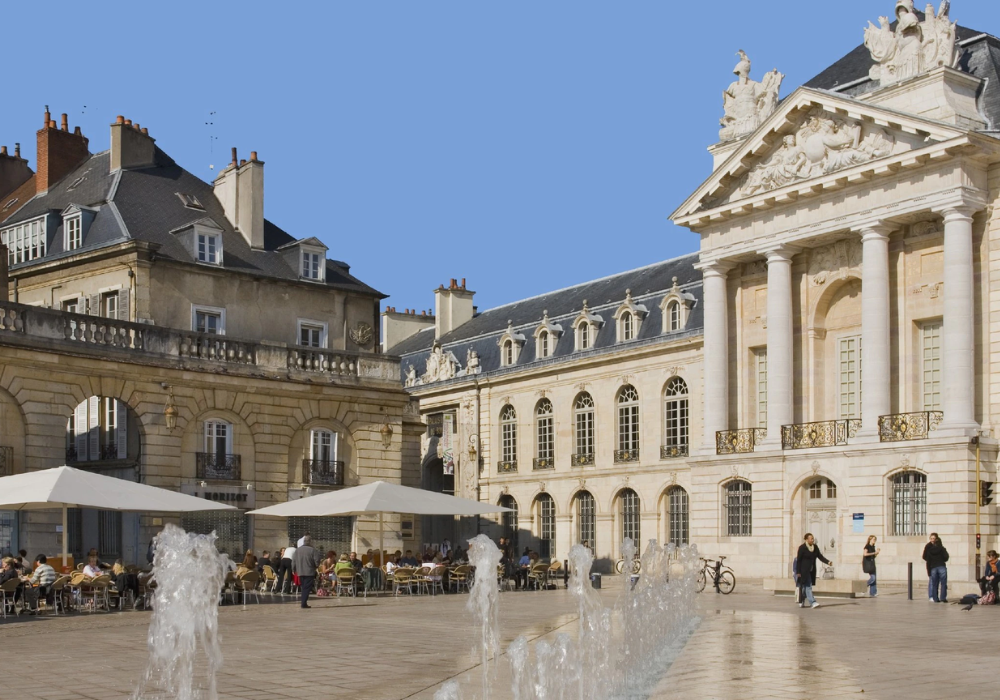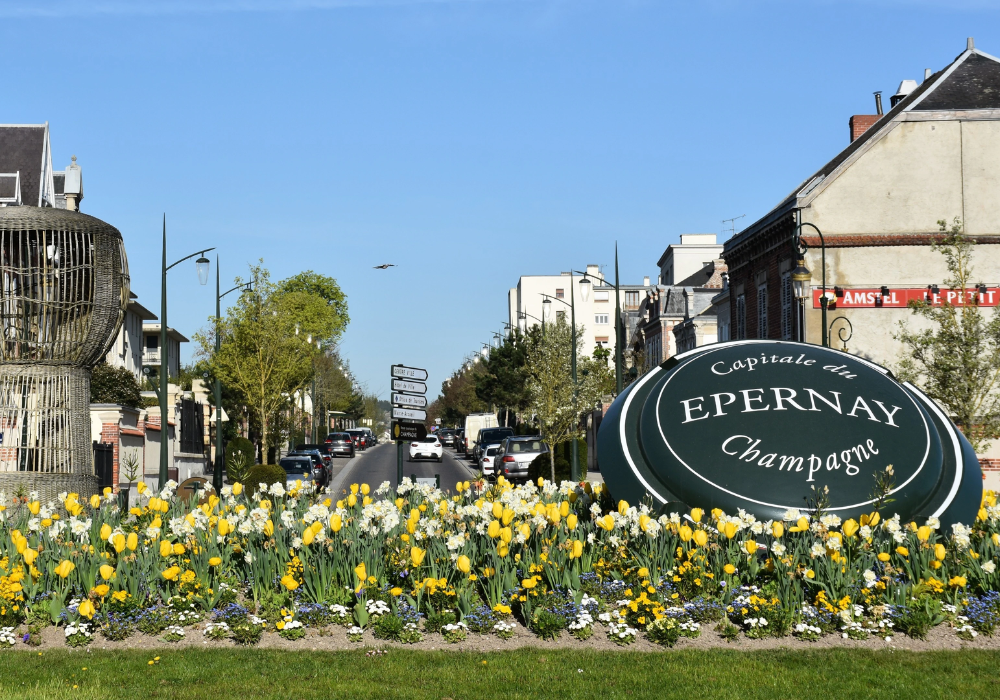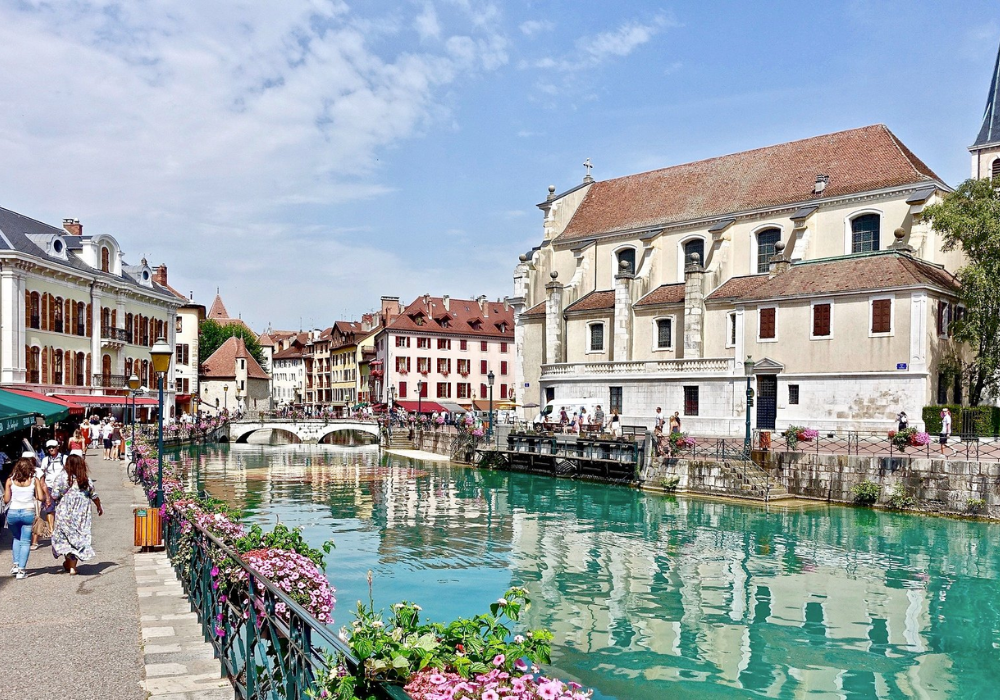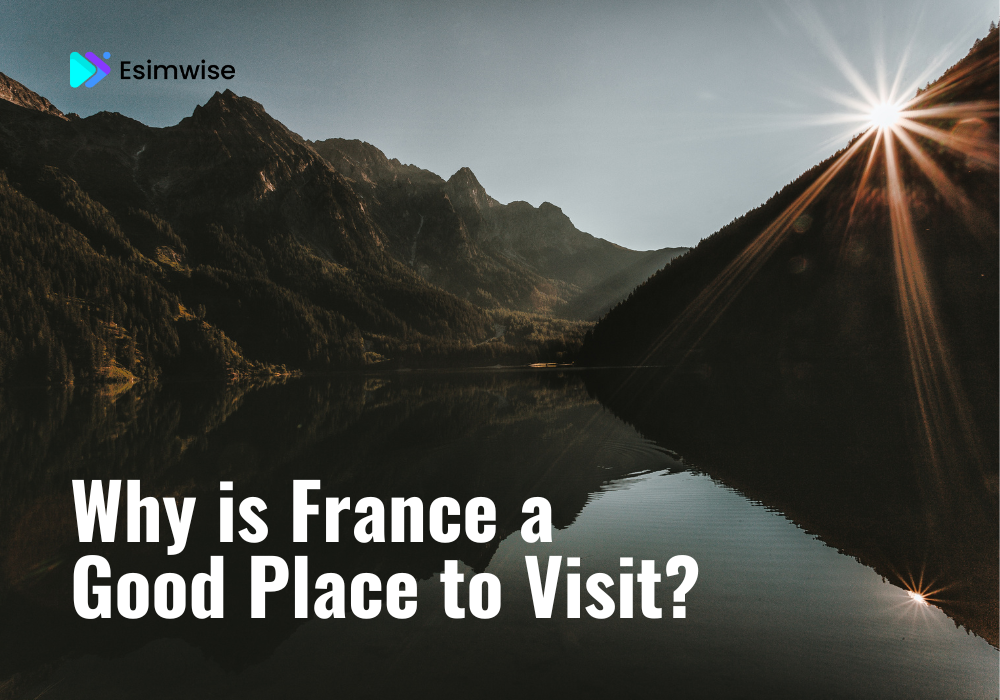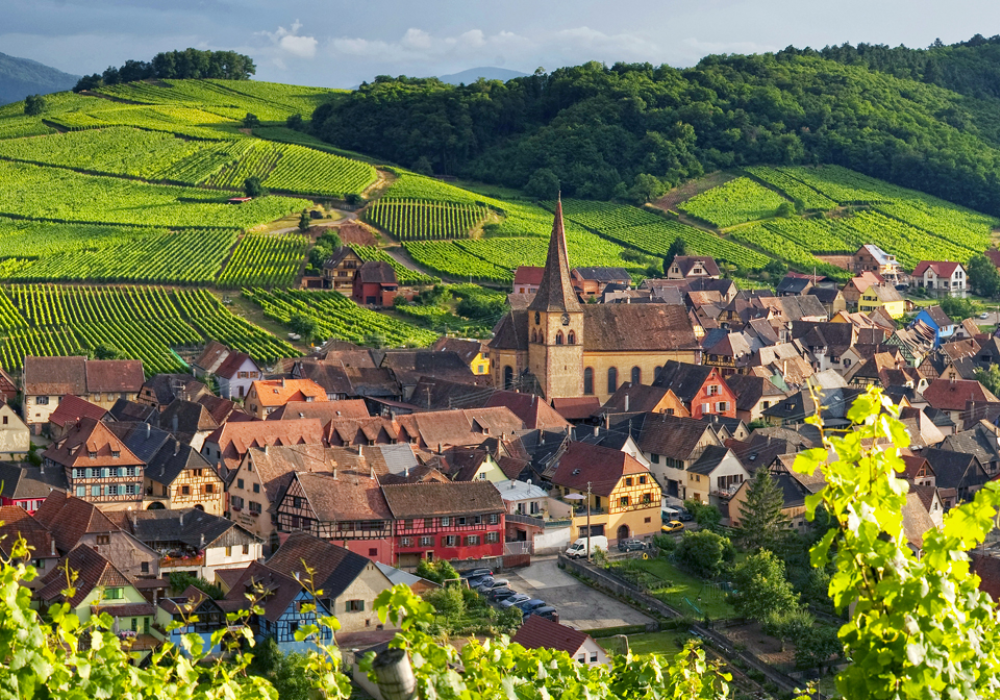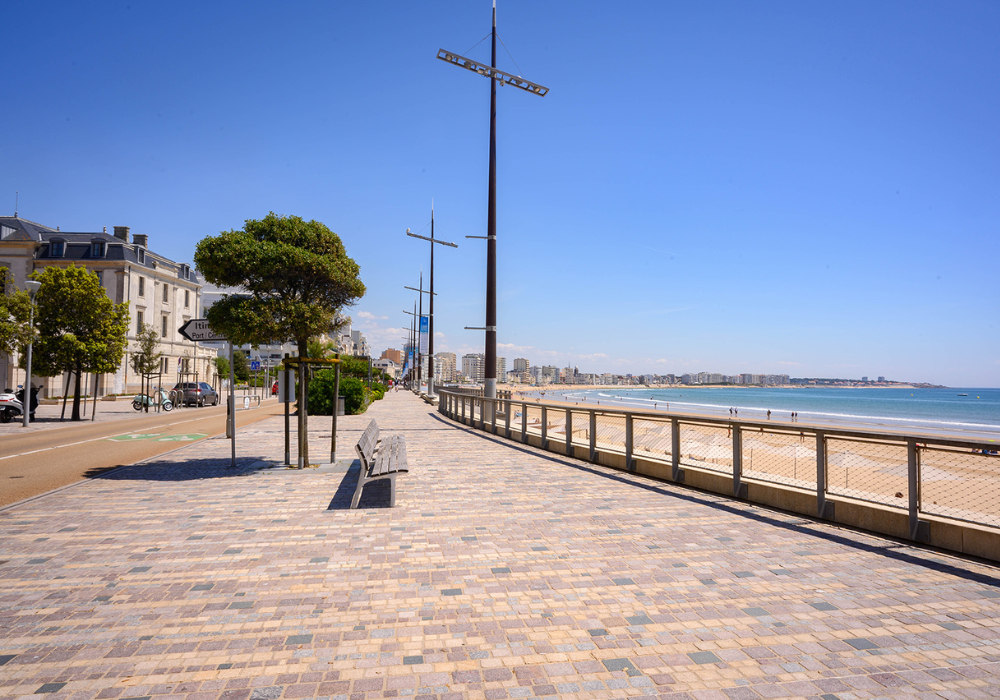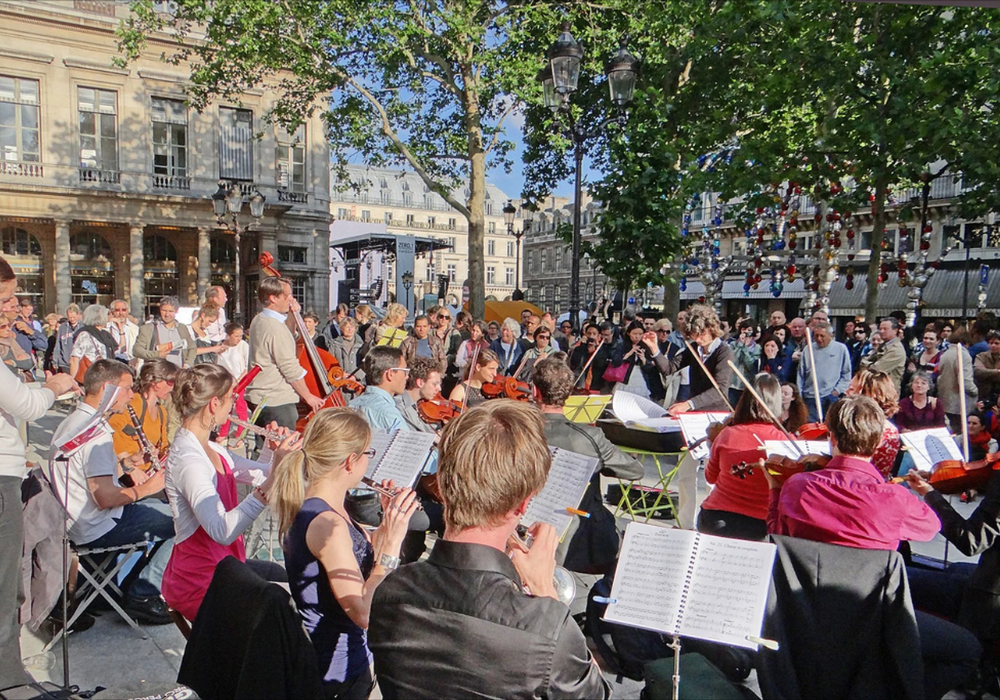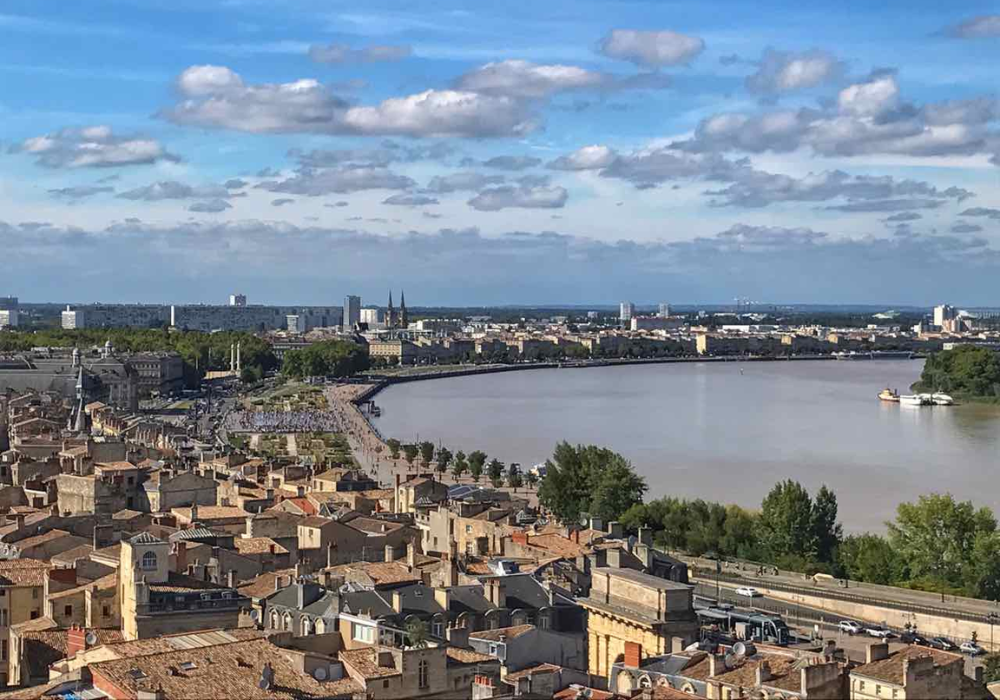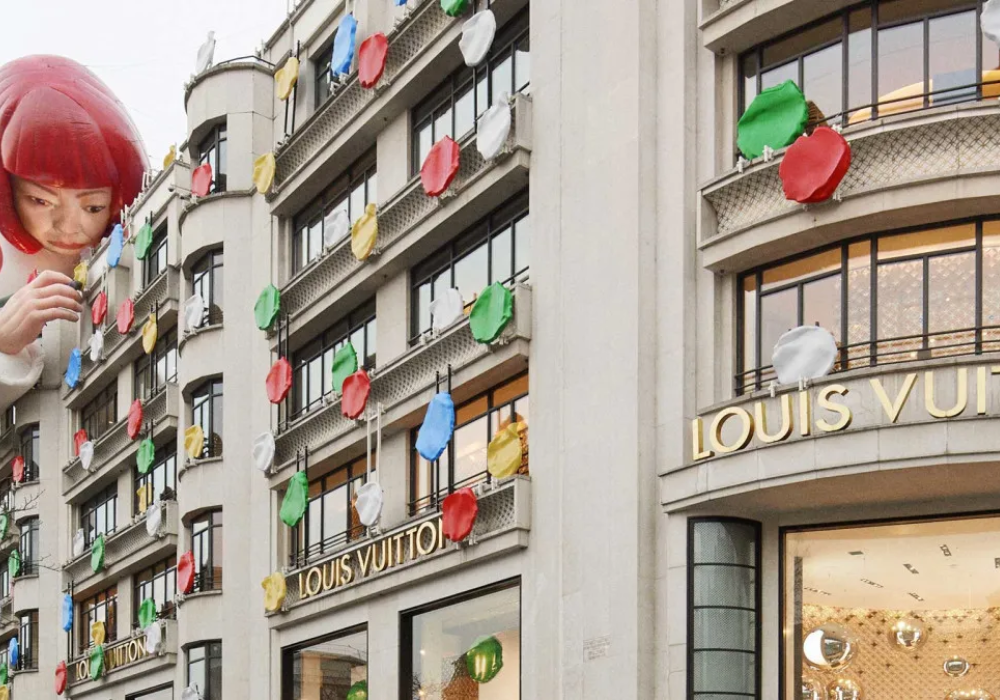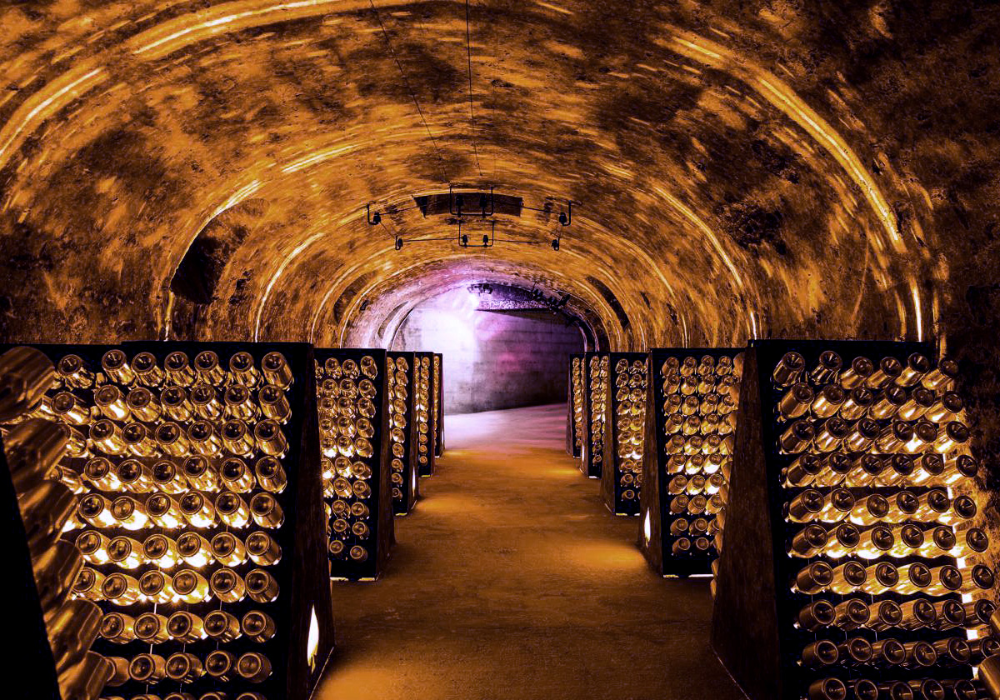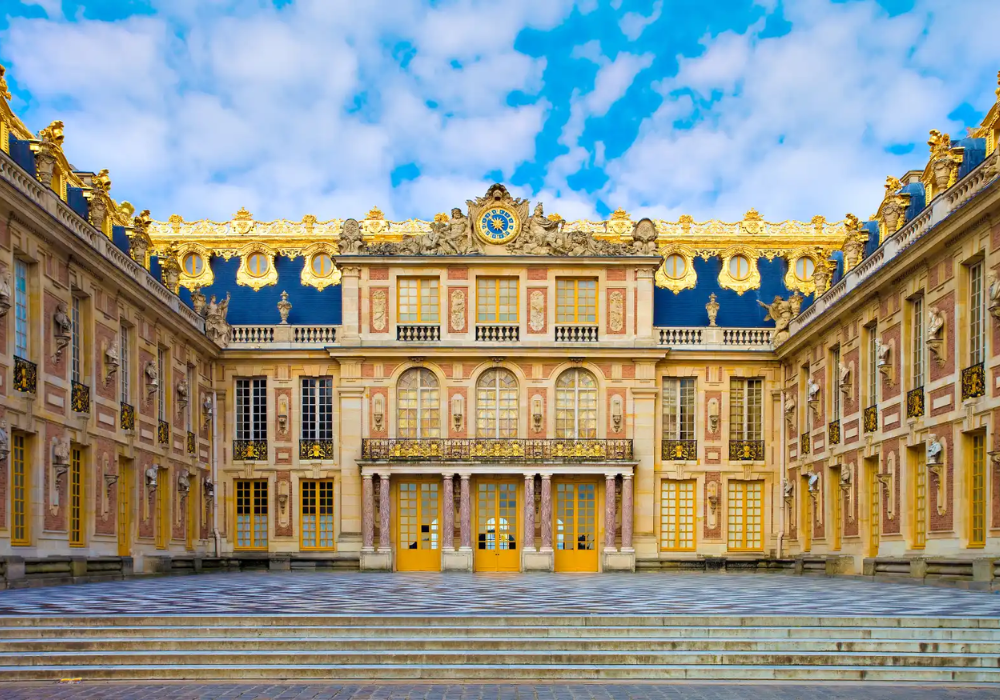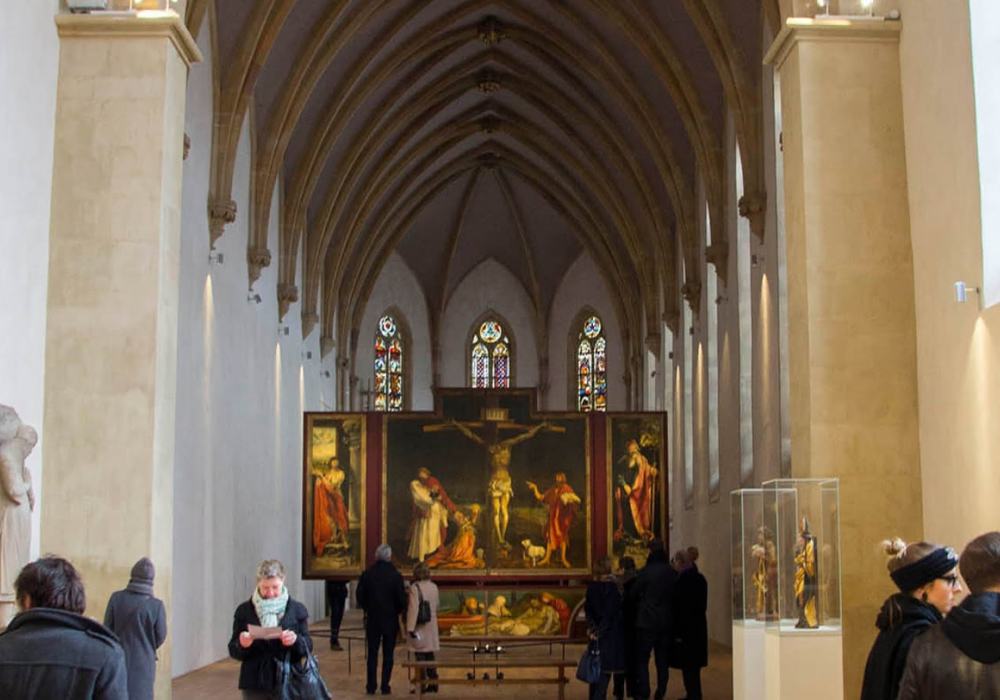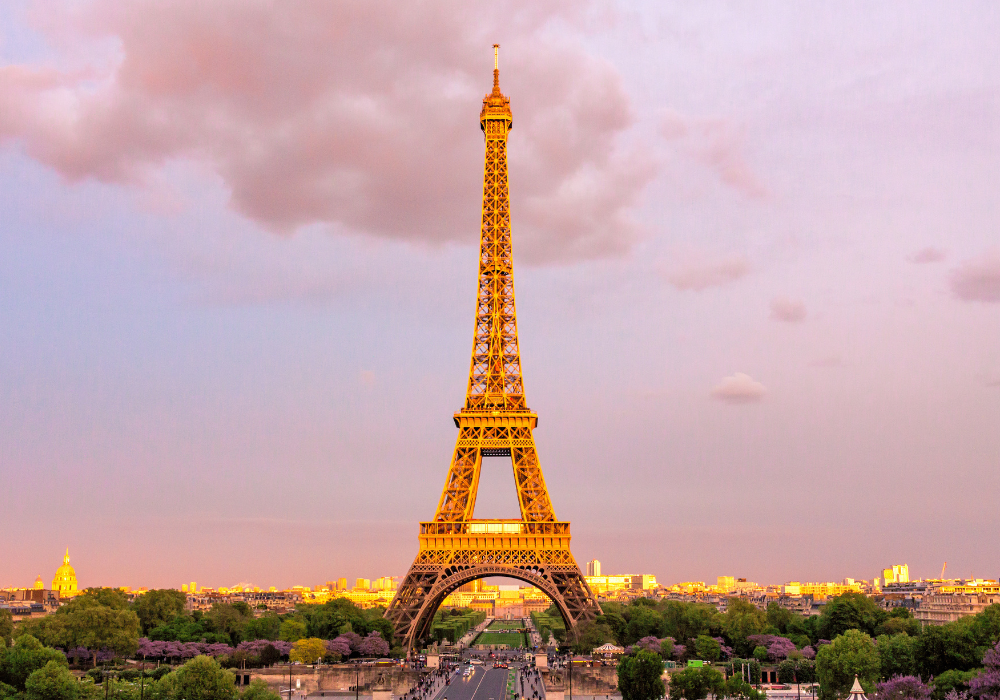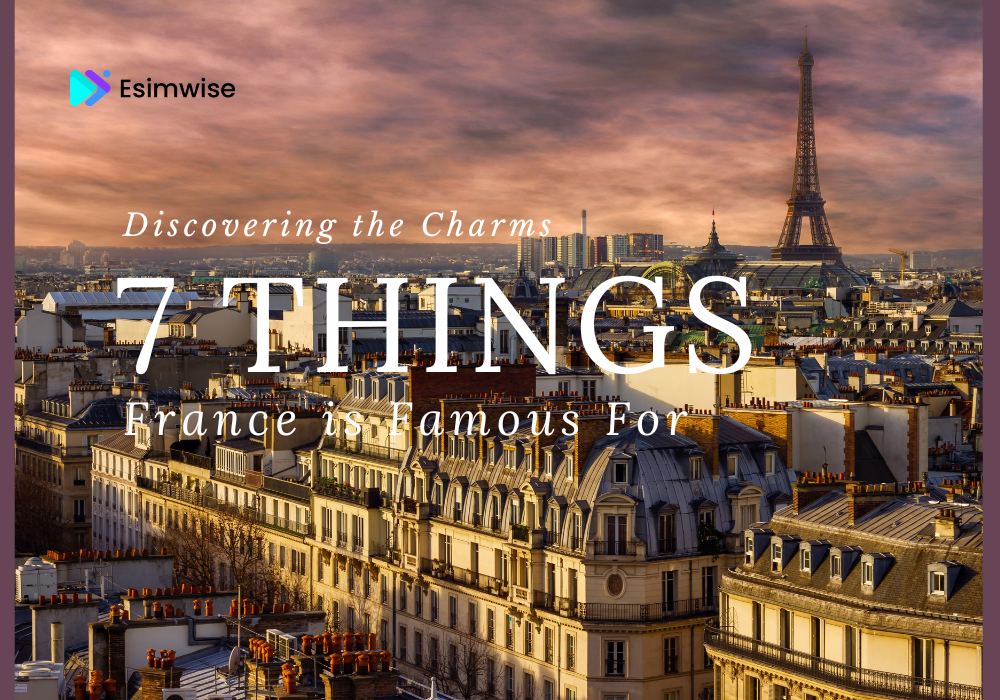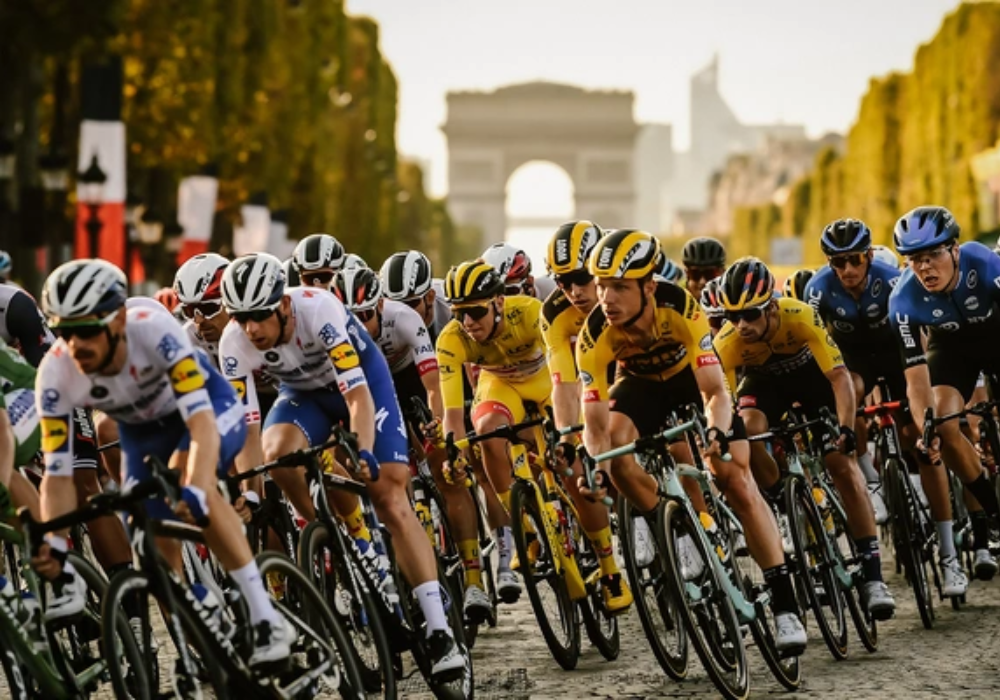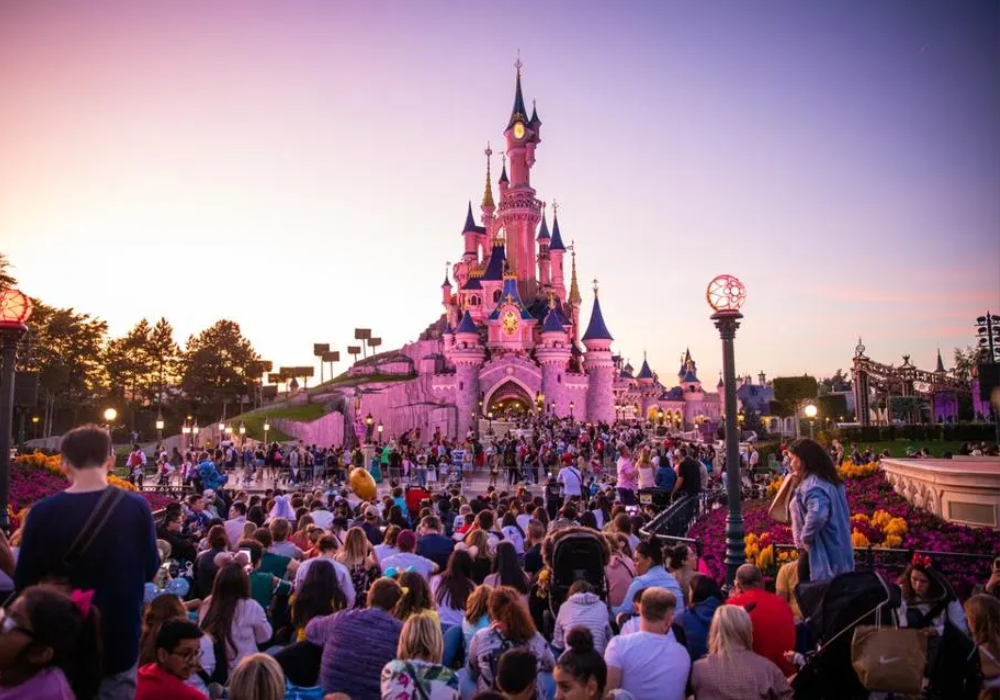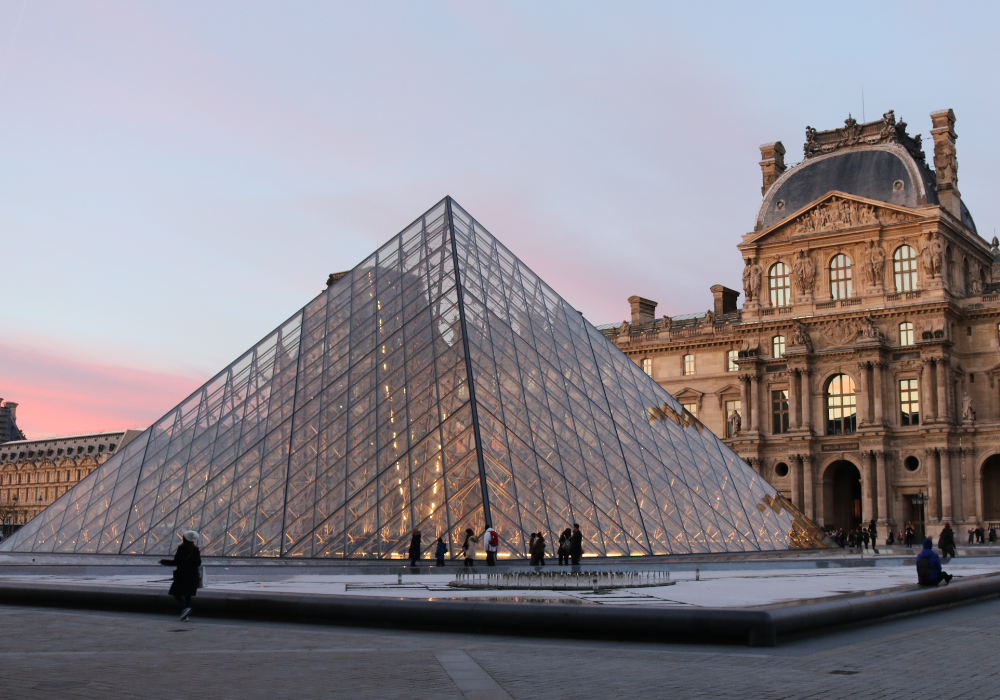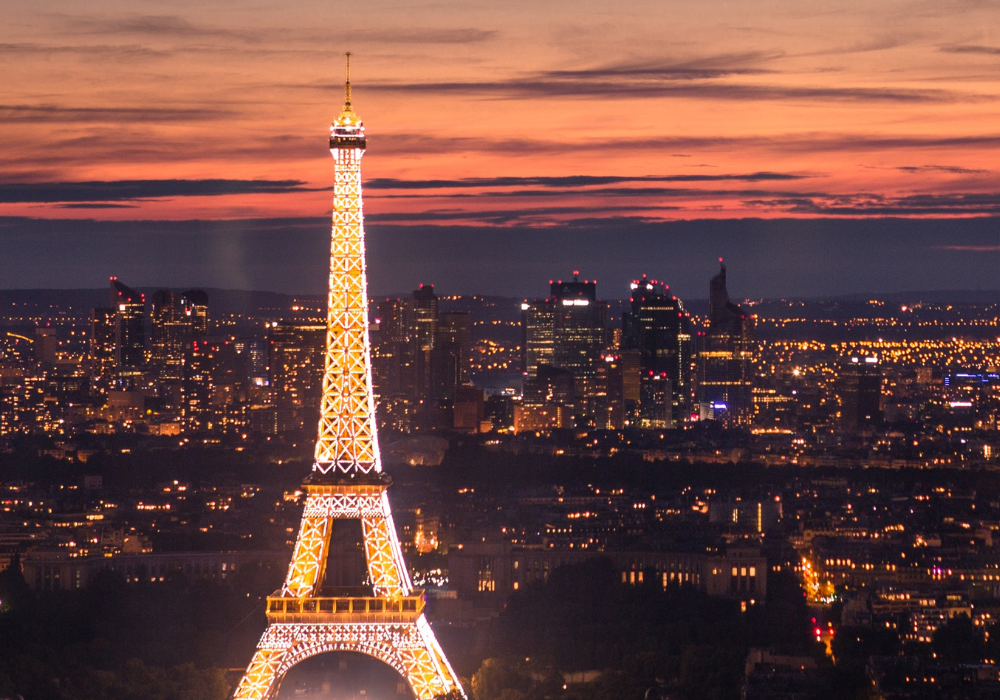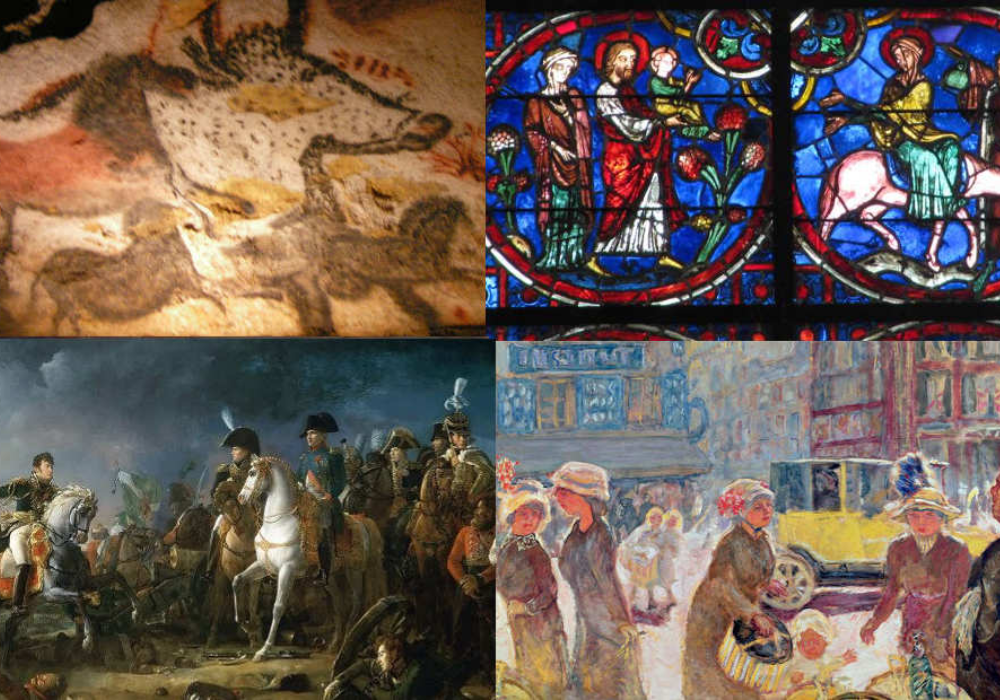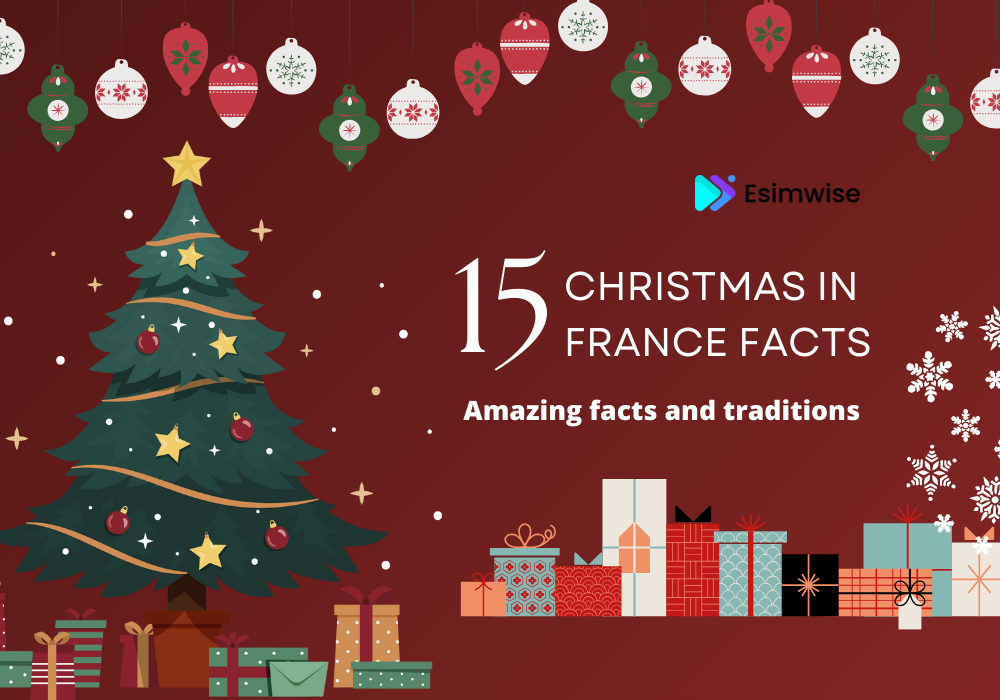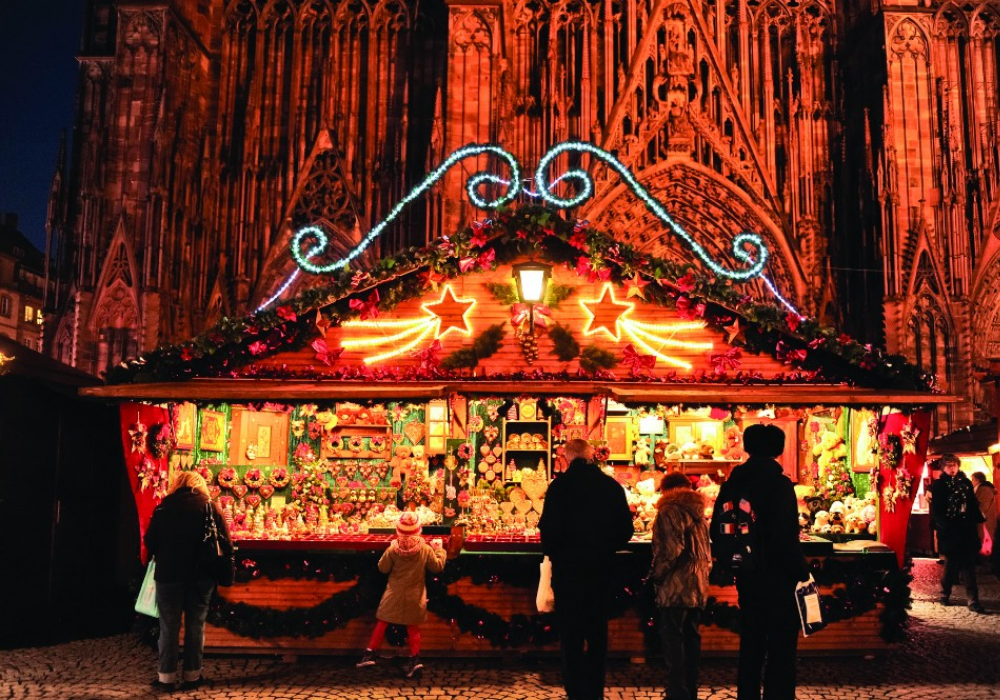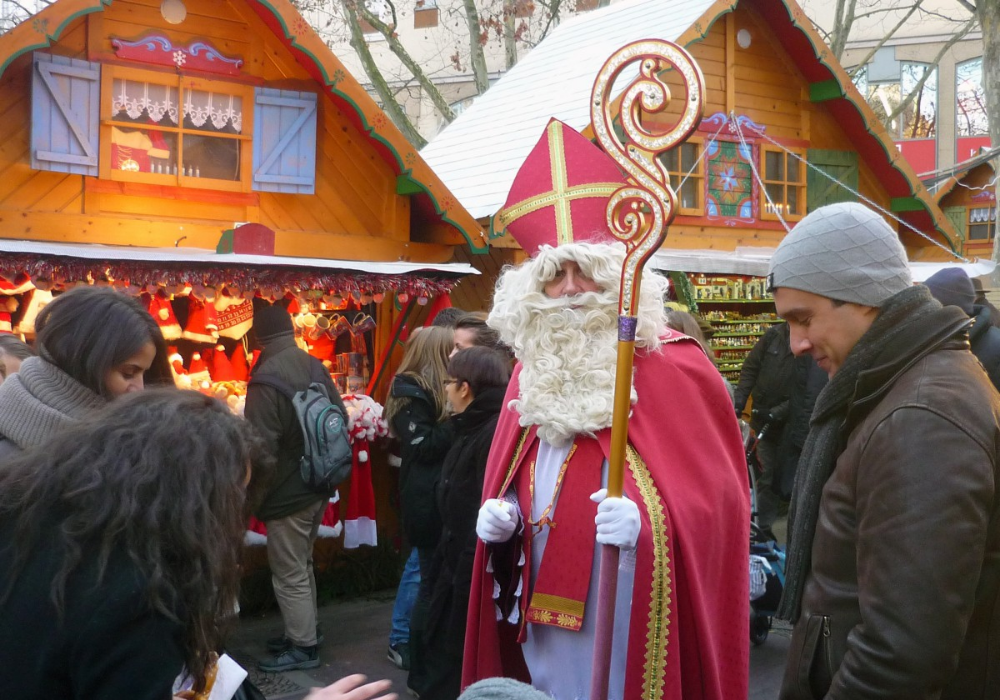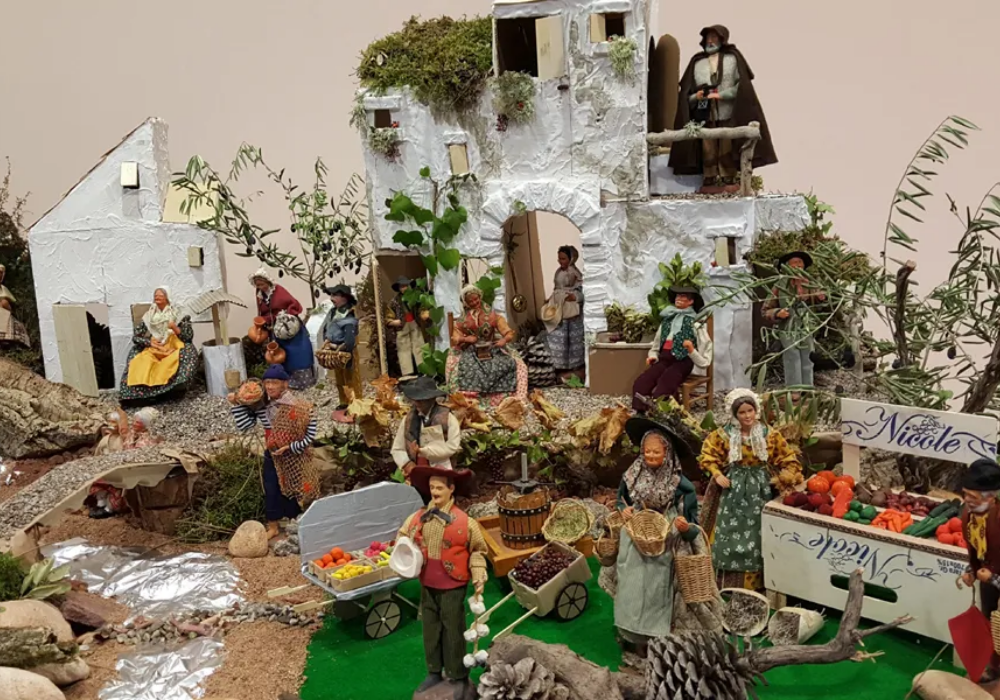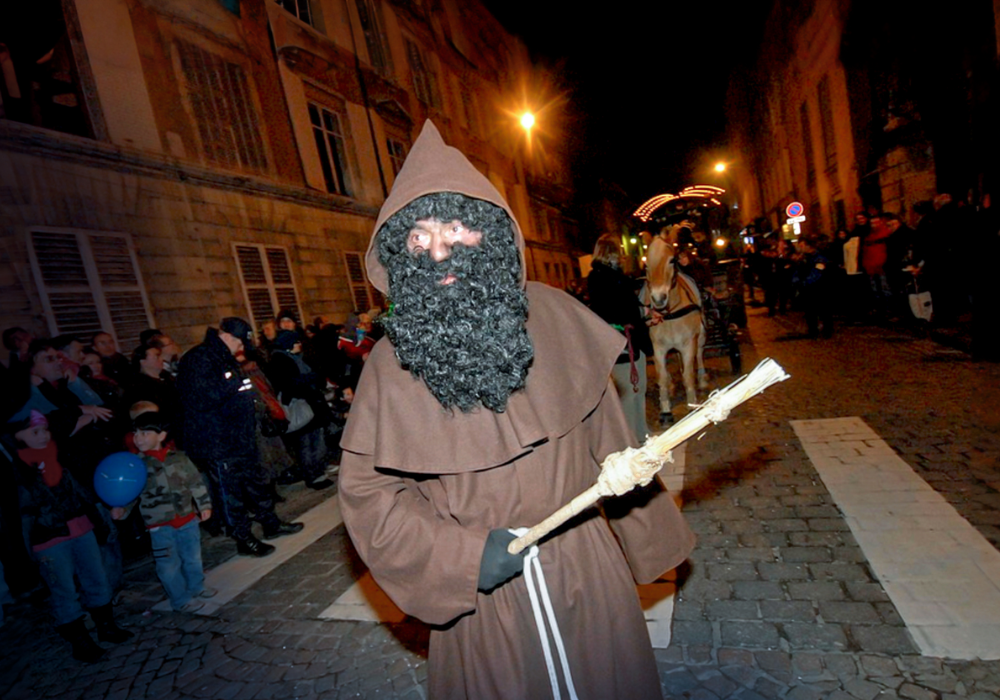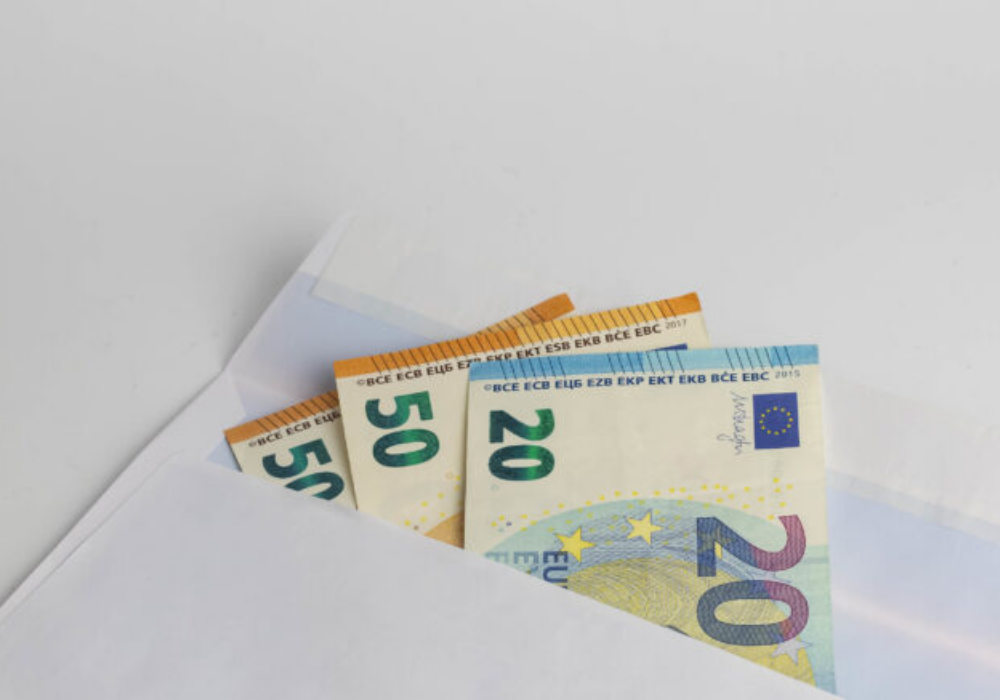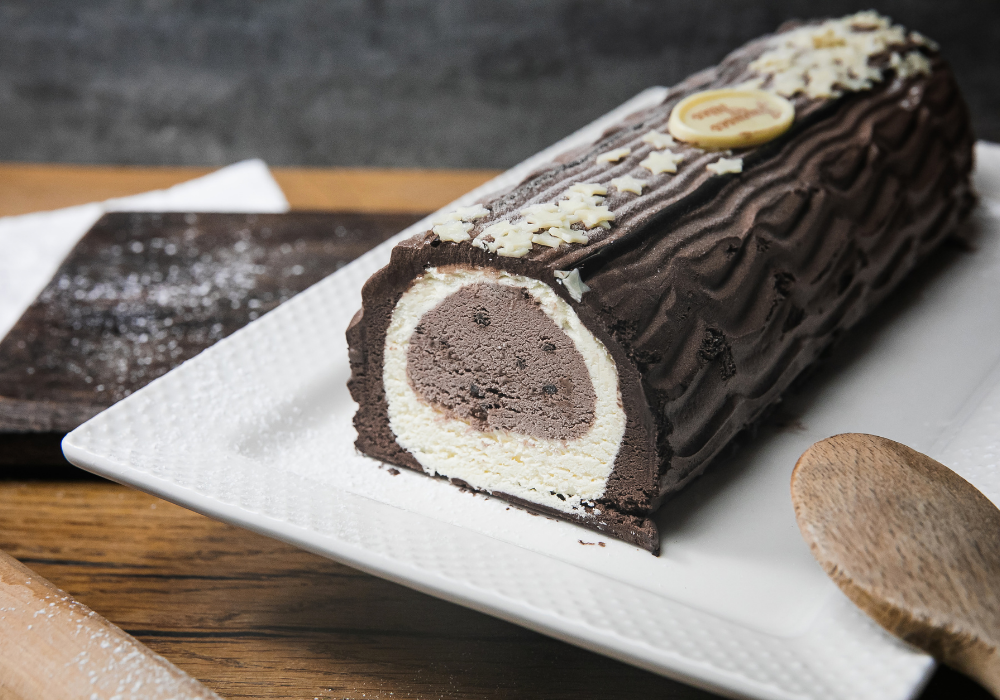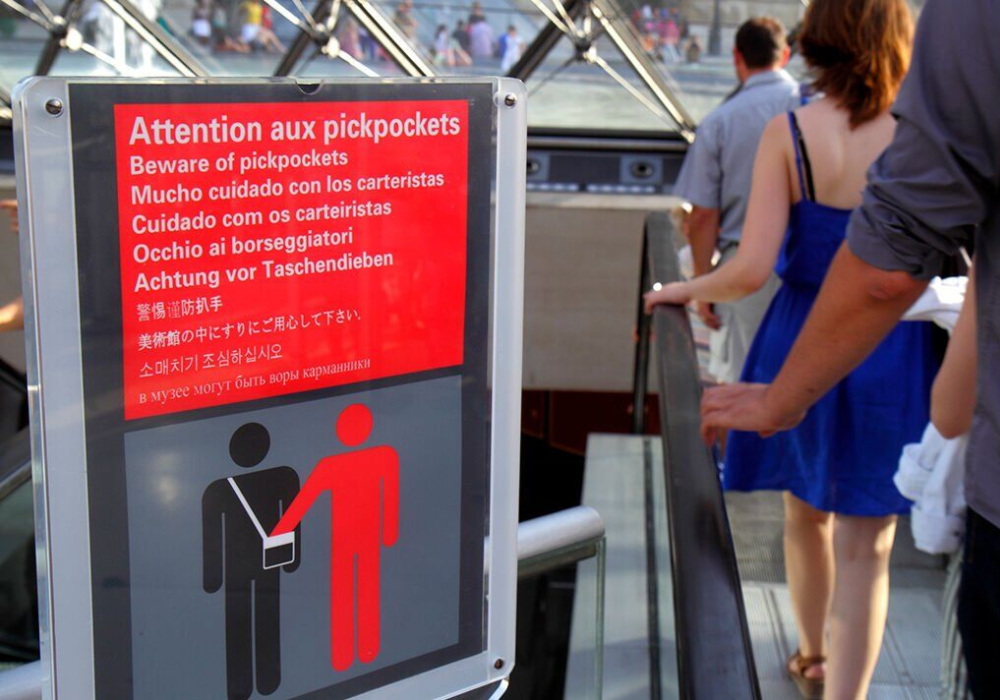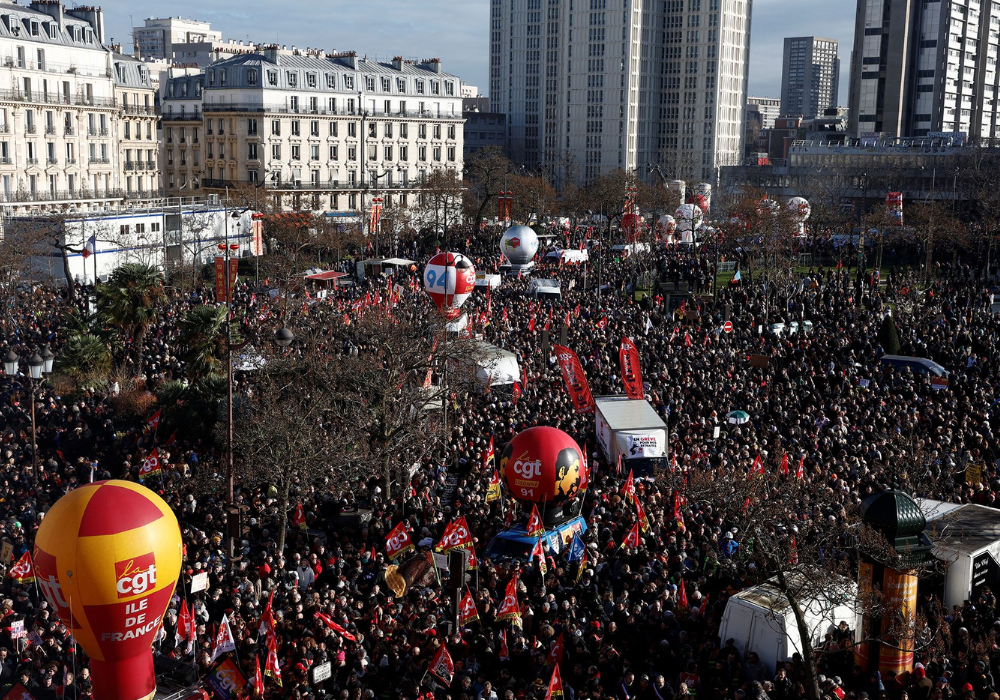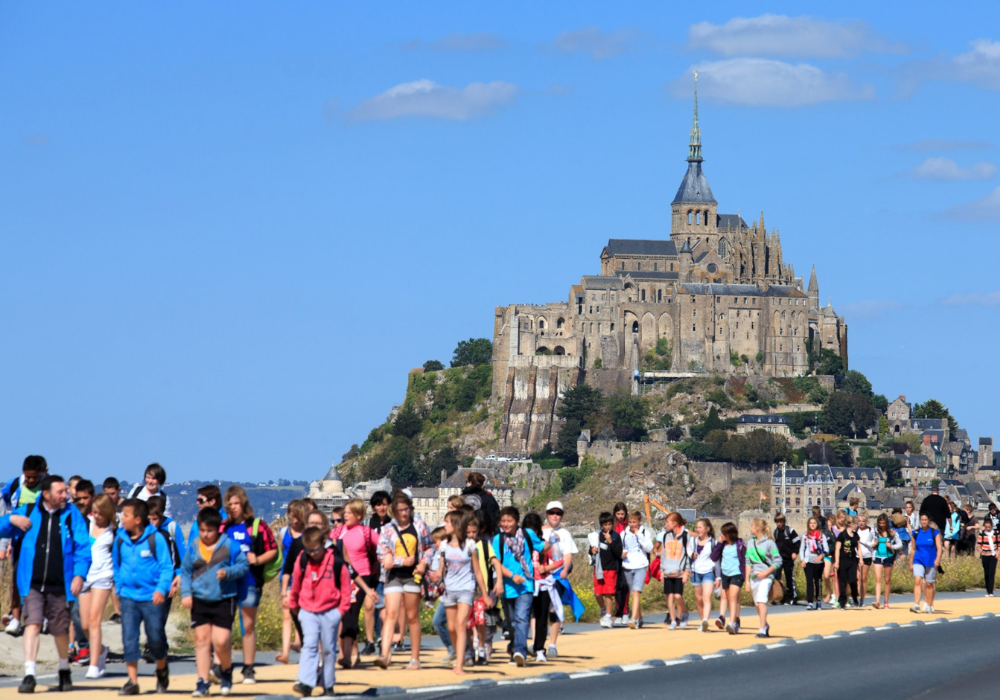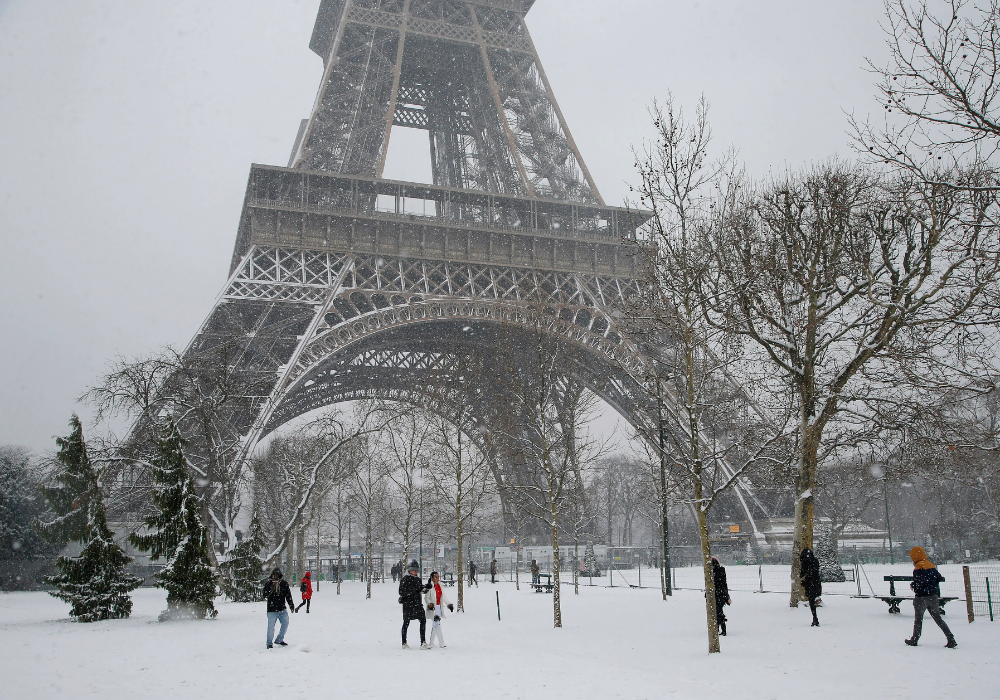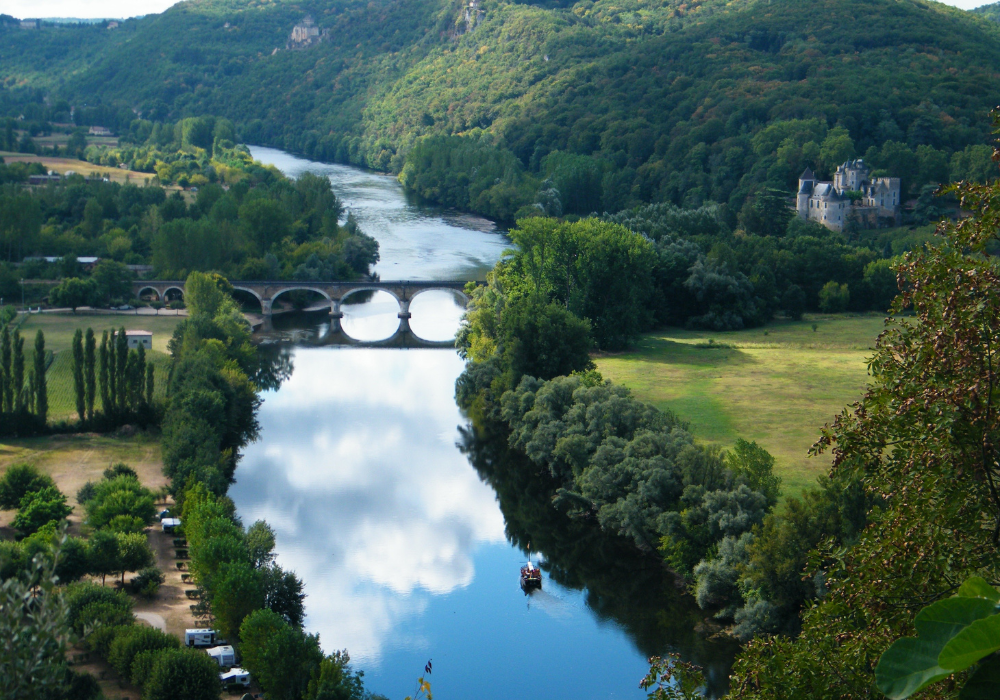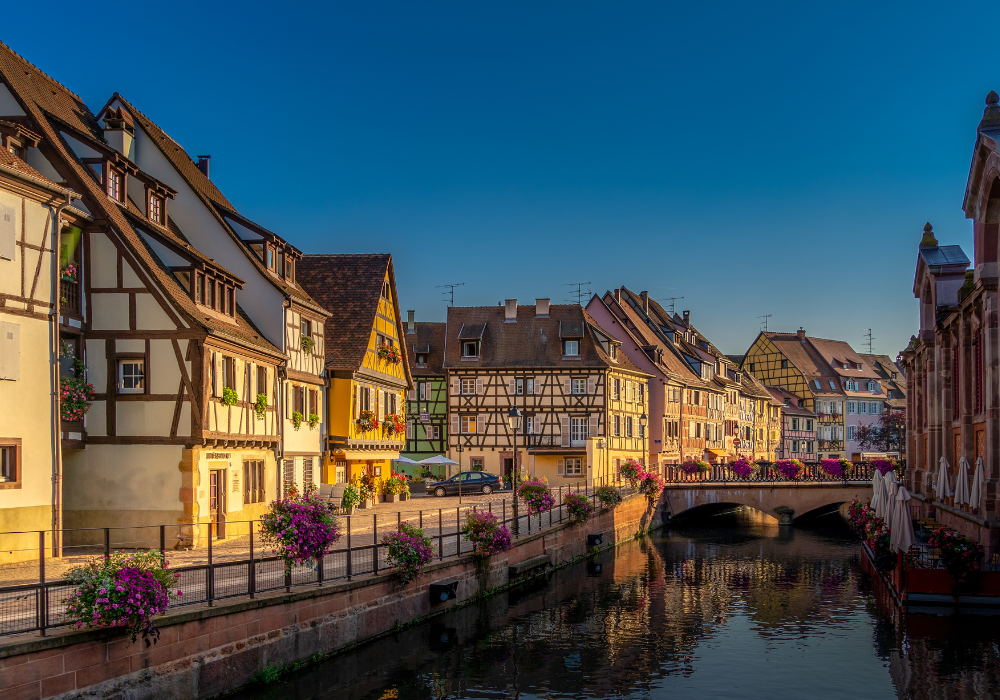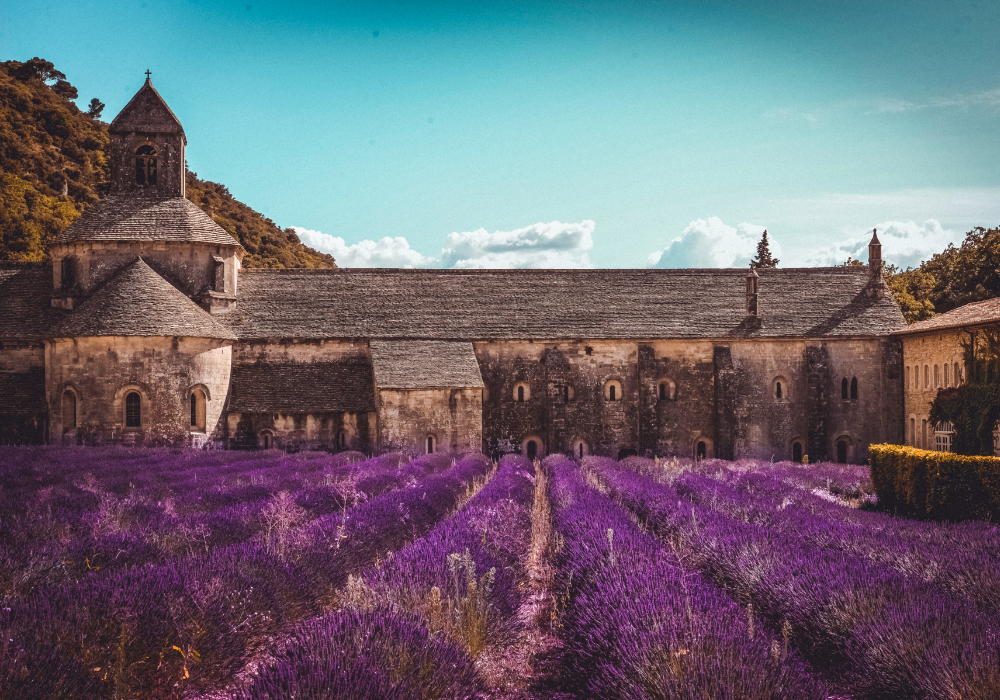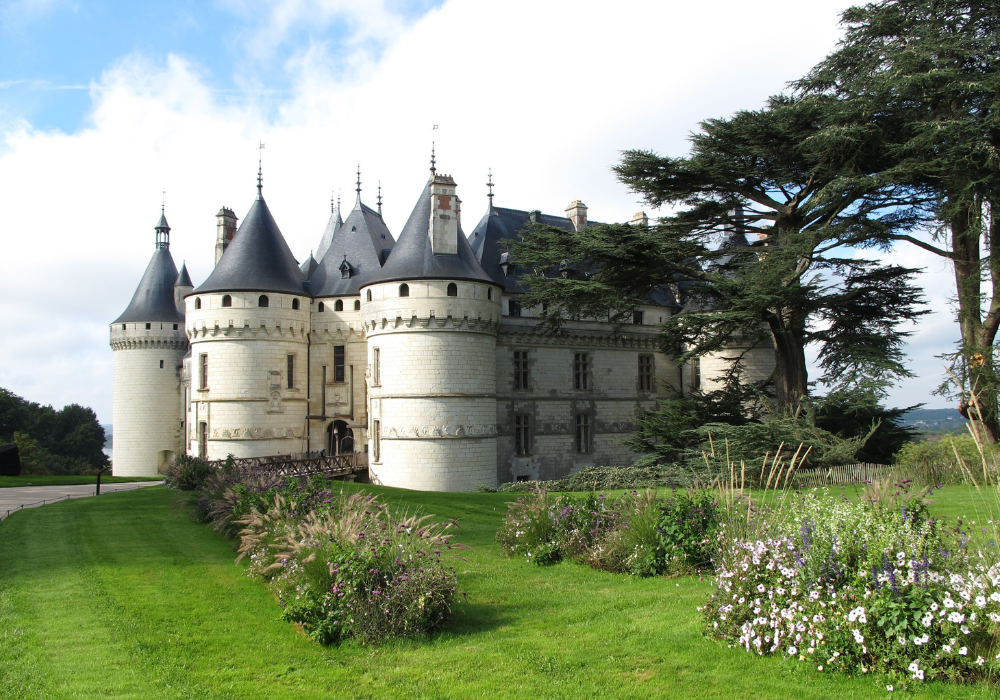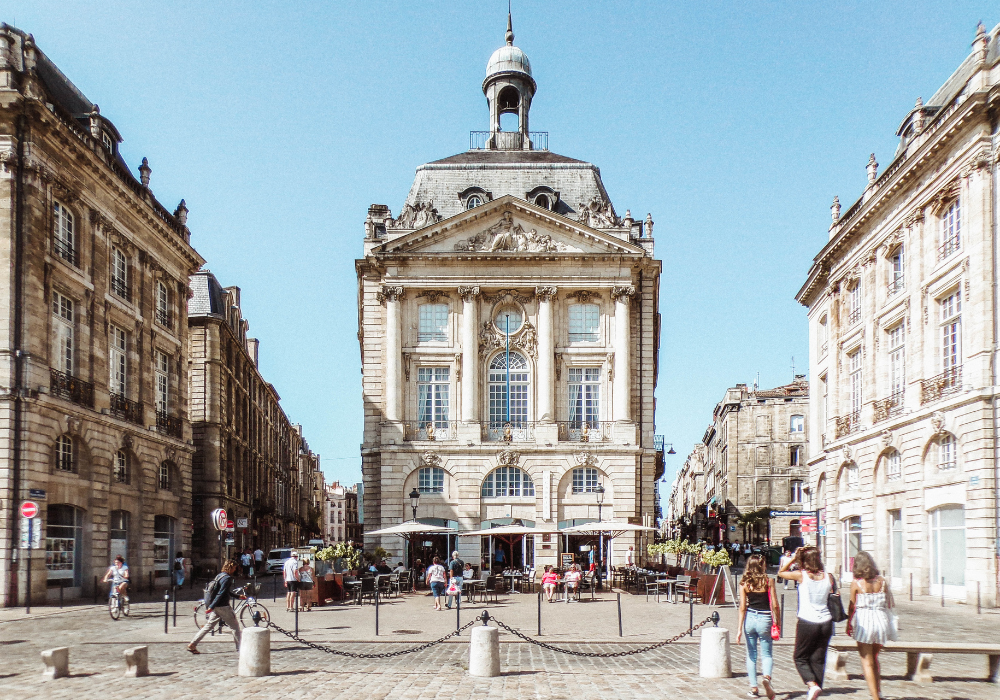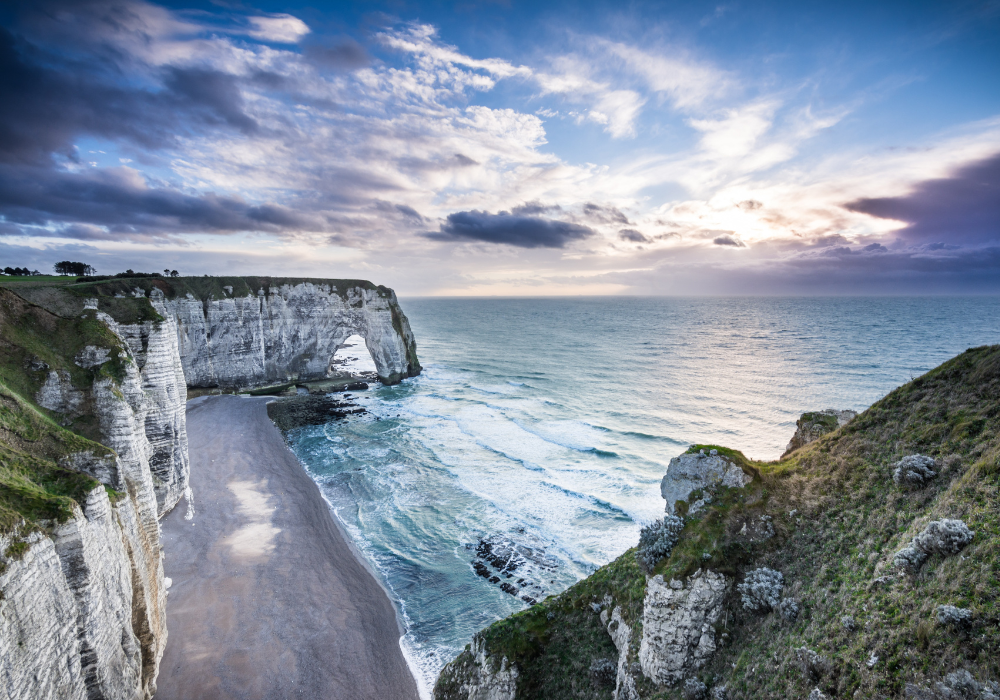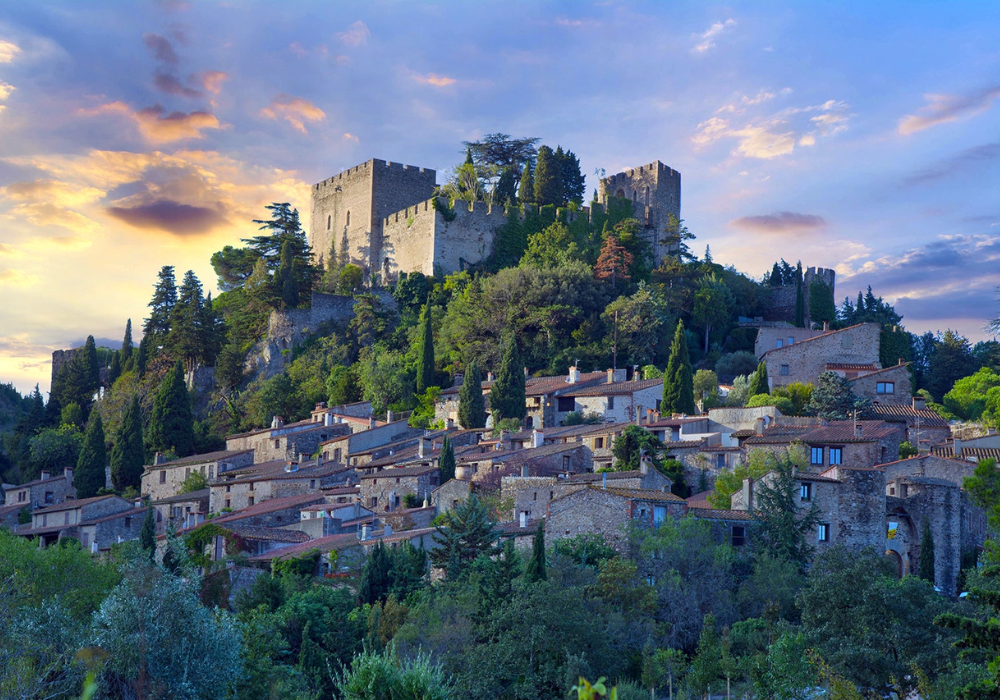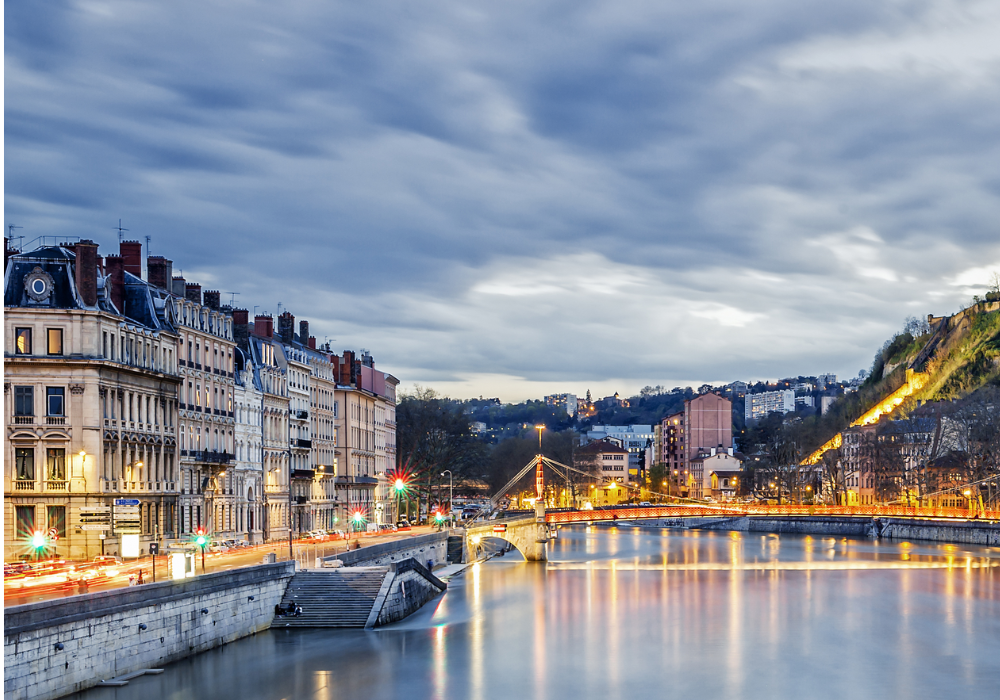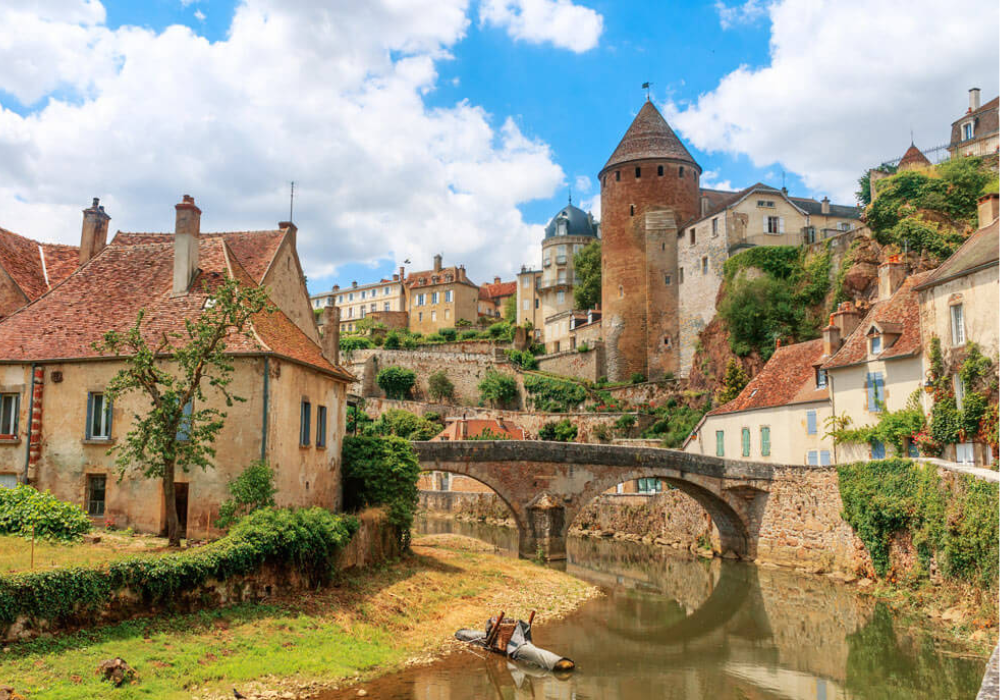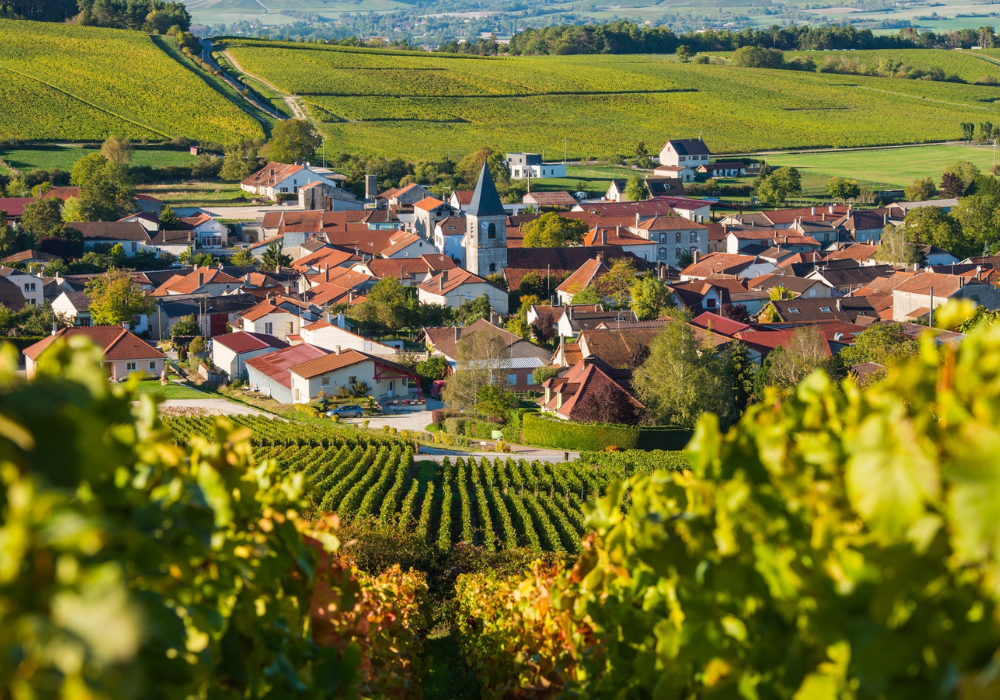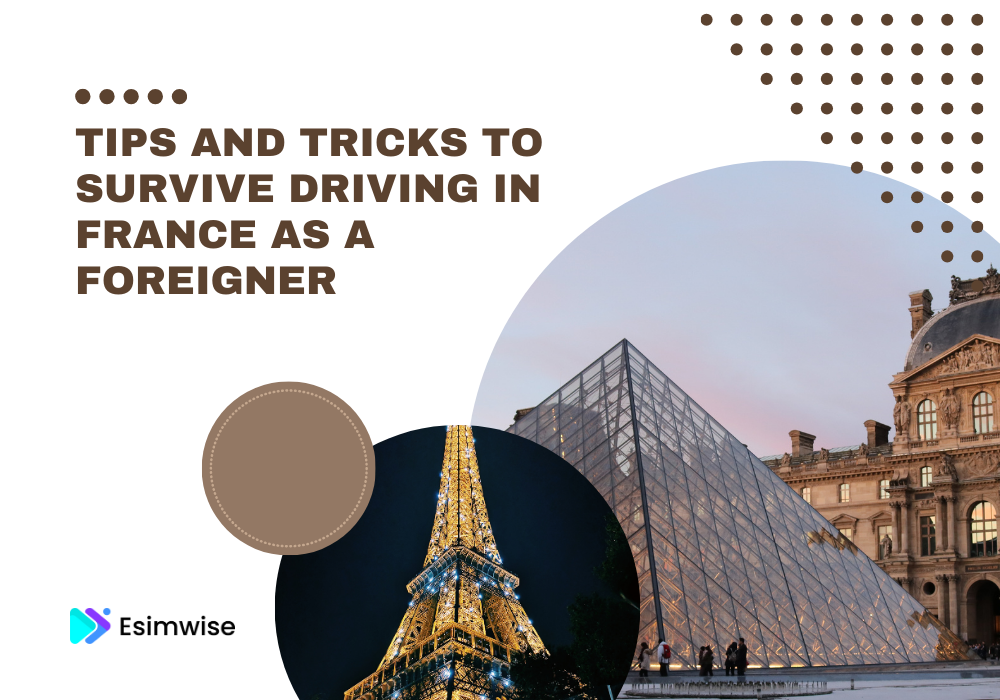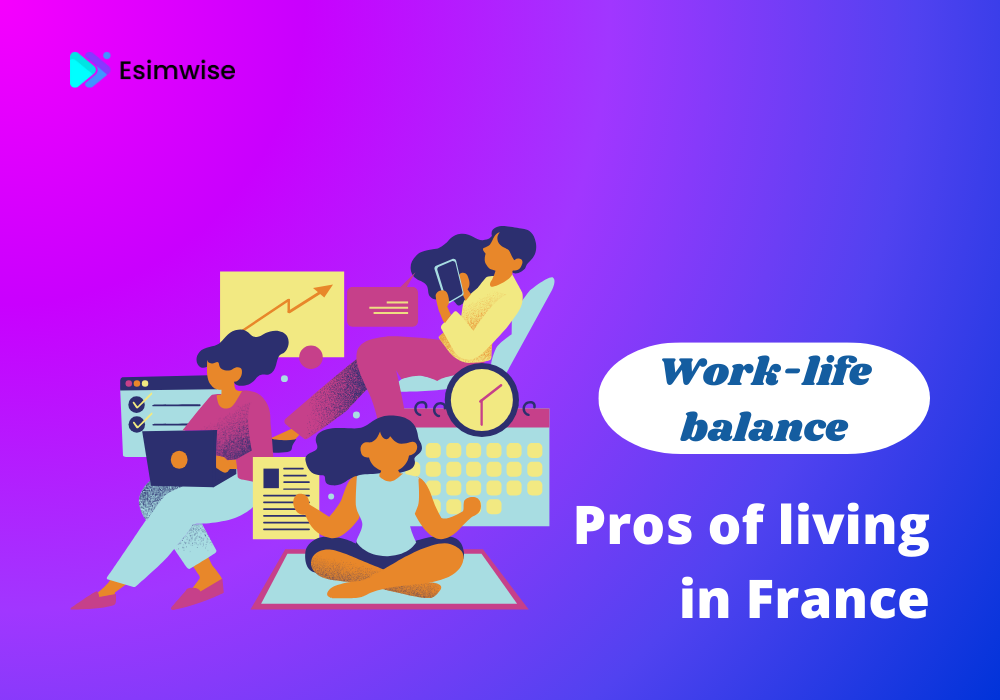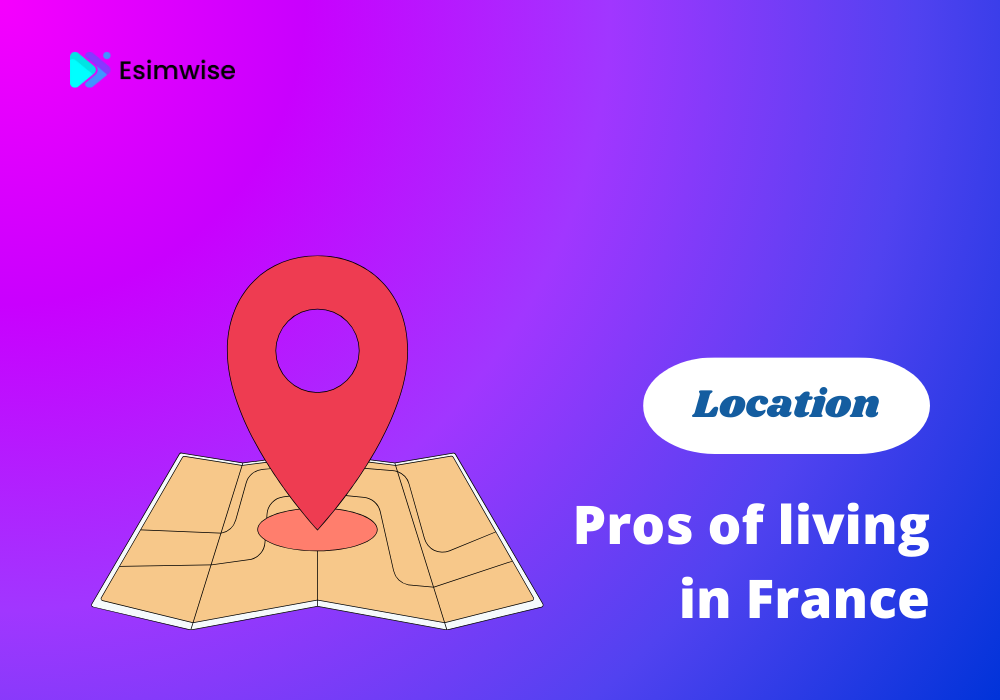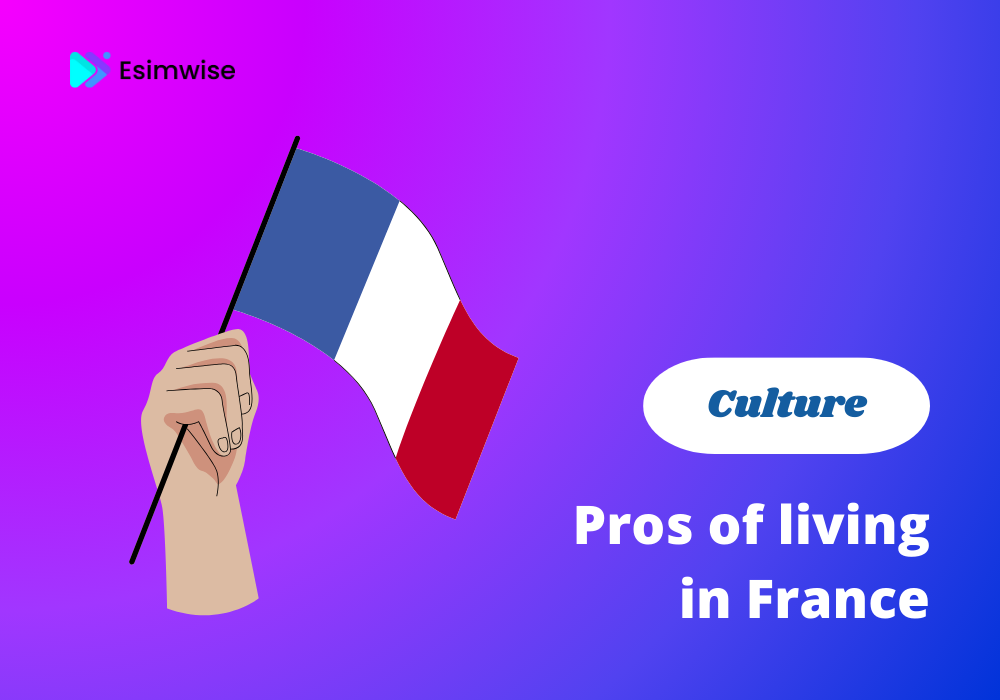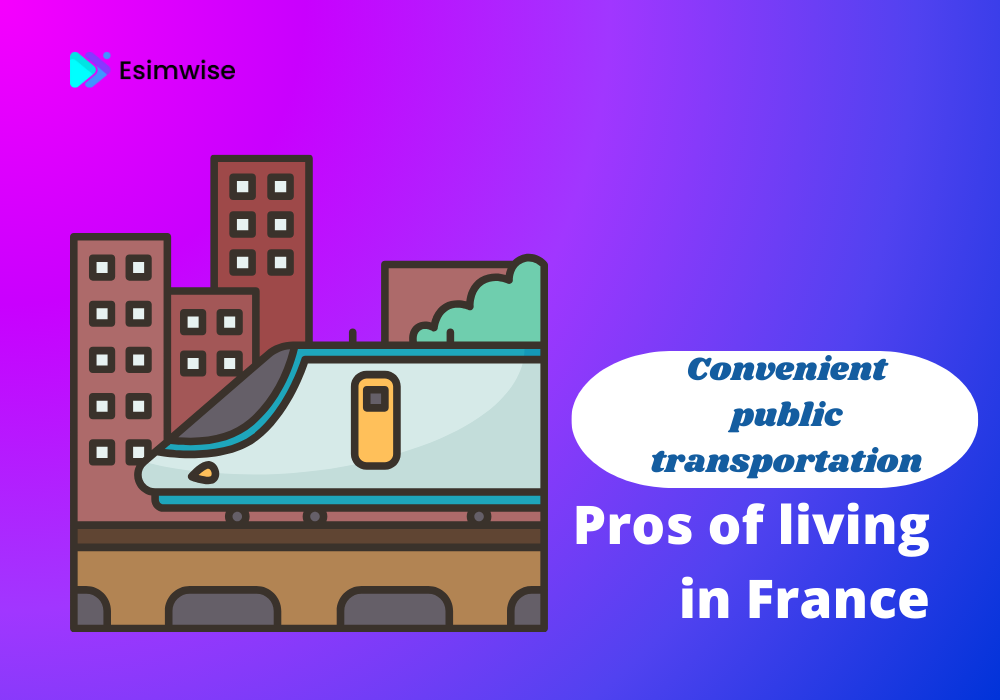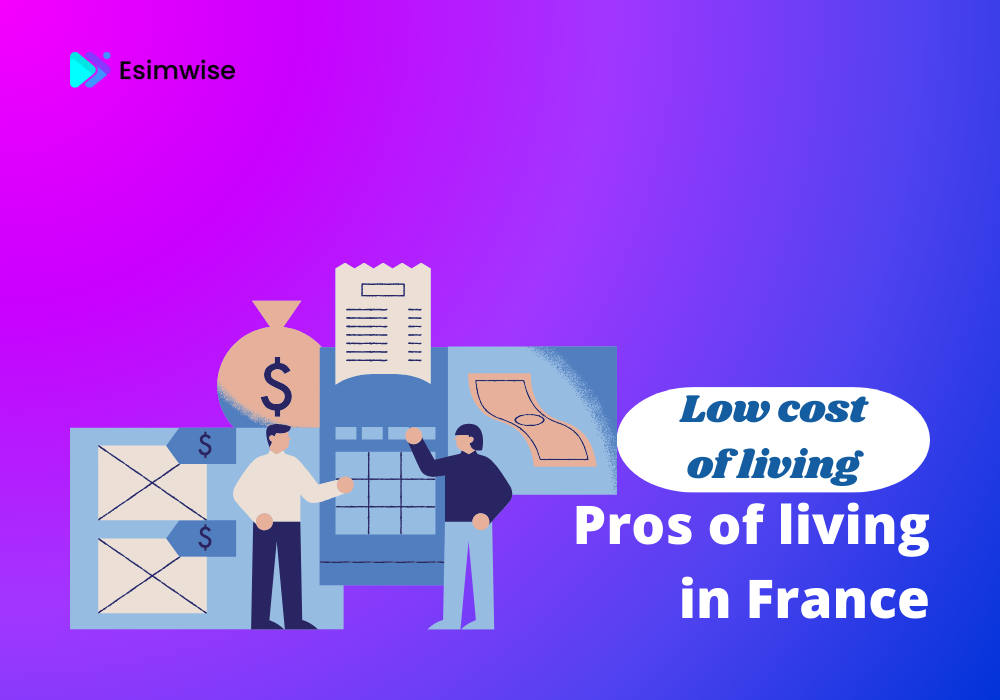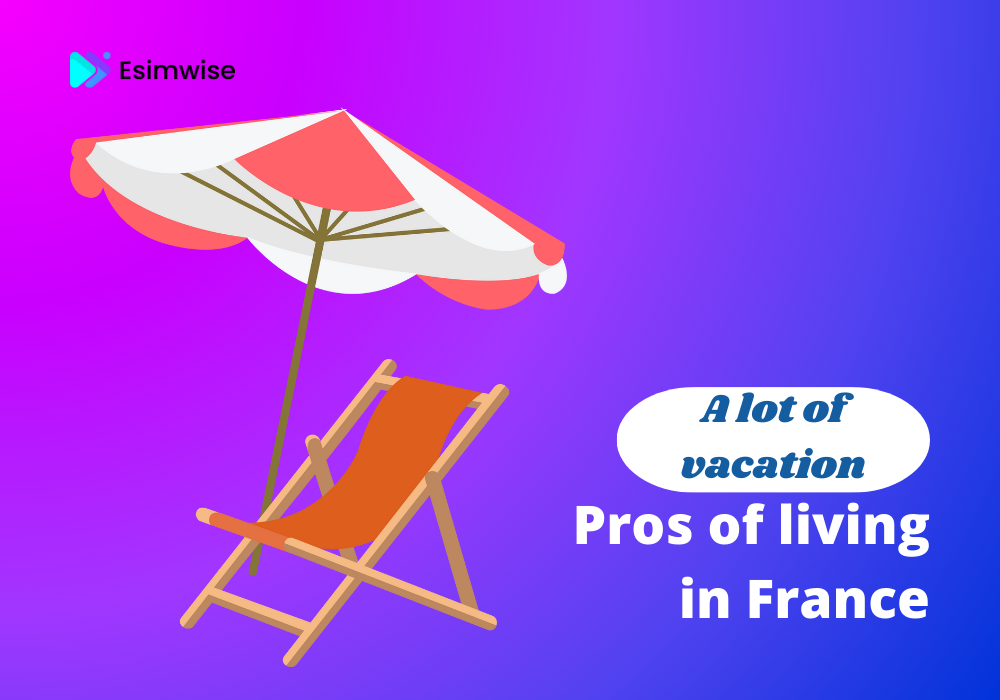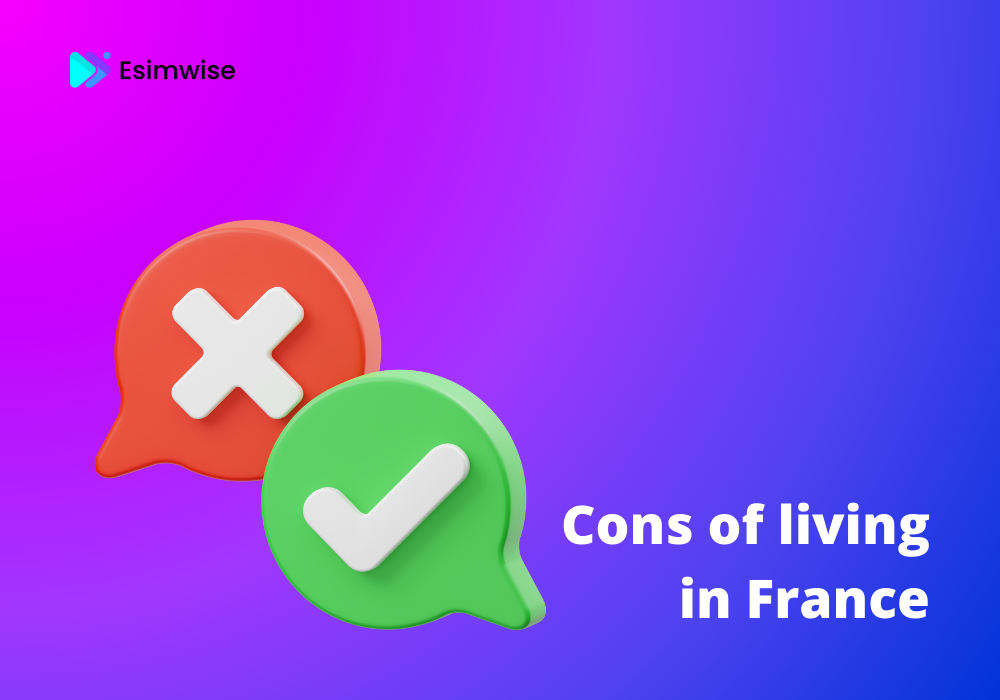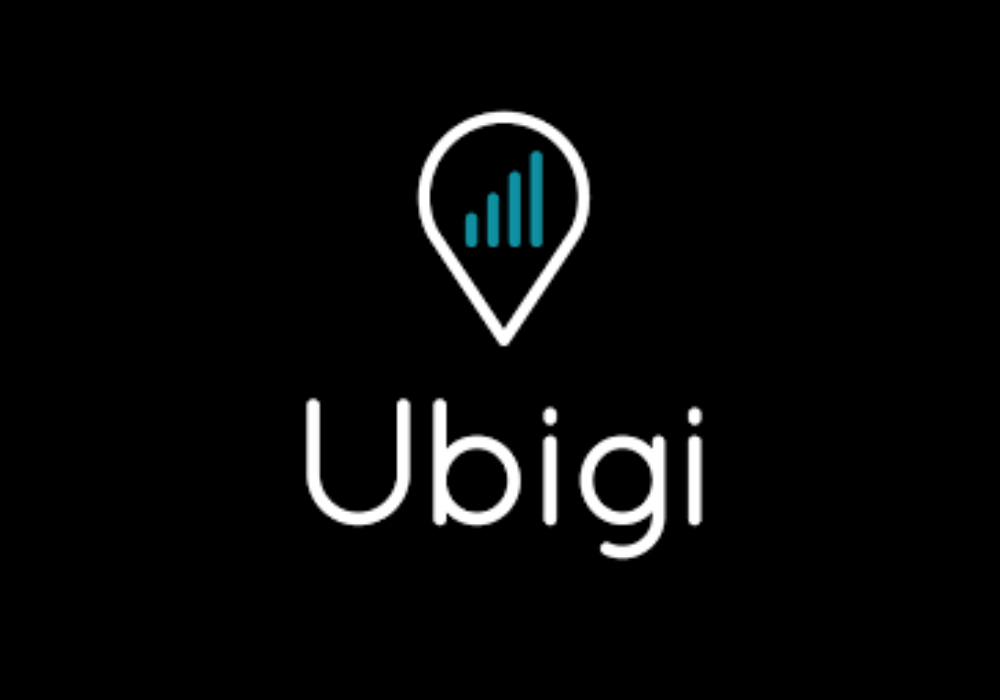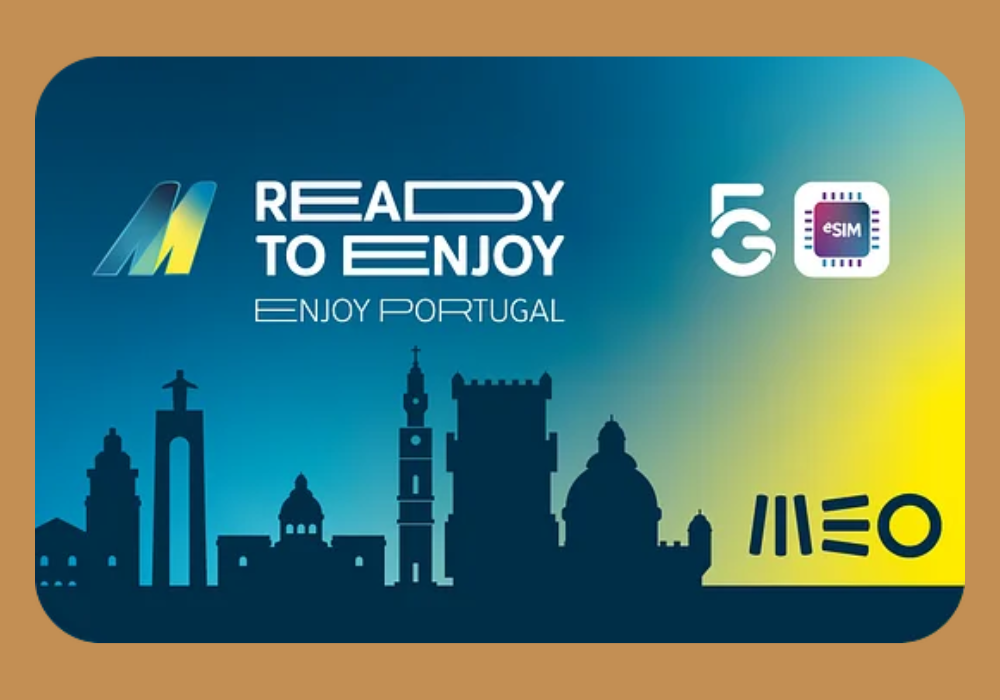Planning on a journey through France? After exploring Paris’s charming streets, and picturesque landscapes, and sipping coffee in quaint cafes, this is truly a great destination you should visit. Having immersed myself in the charm of this beautiful country, I’ve come to appreciate the significance of efficient travel tools. Let me serve as your guide to the best apps for France travel, the digital companions that changed my journey.
In the quest for the perfect travel experience, the right apps play a key role. From seamless navigation with Google Maps to enjoying local cuisine with TheFork, I’ll share the tools that made my French adventure unforgettable. Make sure your journey is not just a trip but an enjoyable experience!
Best apps for France travel
Follow me to discover the ultimate convenience with the best apps for France travel. From language assistance to local tips, these apps elevate your journey, making every moment memorable and stress-free.
1. Revolut

Revolut is a cool banking app I use, especially since I’m an American living in France. It lets me have accounts in different currencies, so I can easily switch between Euros and US Dollars without worrying about extra fees. The best part? It’s free to sign up, and the only thing you pay for is the debit card.
Another thing I love is that I can keep an eye on the exchange rates between the Euro and the Dollar. When the rate is good for me, I can quickly swap money using the app. No more dealing with those not-so-great rates from random ATMs. It’s super convenient!
What I like:
- Users can hold up to 36 currencies within the app.
- Facilitates easy and quick money transfers globally.
- Allows spending in diverse currencies.
What I don’t like:
- Debit card costs: While the app itself is free, the associated costs with the debit card might be a downside for some users.
Availability – iOS and Android
2. Booking.com

Booking.com is my favorite for booking places to stay in France. It has a huge variety of hotels, apartments, and hostels all in one place. You can easily compare prices, read reviews, and make bookings. What’s great is that they often have flexible cancellation policies, so you can plan your trip without stress!
The app extends beyond hotels, offering deals on apartments, flights, and rental cars, providing a comprehensive travel solution. Users can explore a variety of travel options, including accommodations, flights, rental cars, taxis, and attractions, catering to different budget preferences. Overall, Booking.com’s app is a versatile and user-friendly travel companion.
What I like:
- Access to a diverse range of accommodations, including hotels, apartments, hostels, and more.
- Advanced search filters to tailor results based on criteria such as price range, location, amenities, and more.
- Interactive maps to view the location of accommodations and nearby points of interest.
- Secure and straightforward booking process with various payment options.
- Multilingual support and the ability to view prices in various currencies.
What I don’t like:
- Service fees: While Booking.com offers convenience, the additional service fees can sometimes be a drawback for budget-conscious travelers.
Availability – iOS and Android.
3. Citymapper
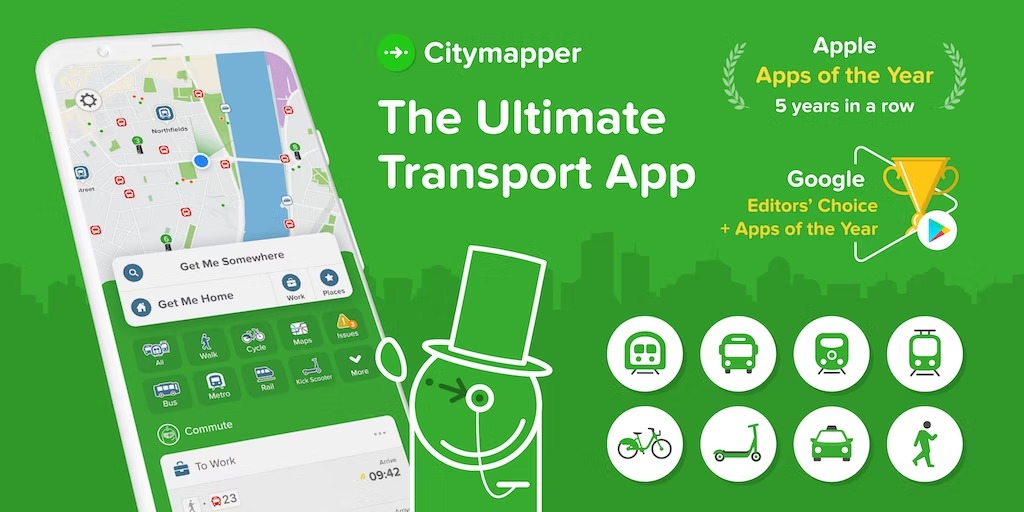
Citymapper is a super helpful app, and it’s won awards! It works in many cities, including Lyon and Paris in France. If you’re planning to visit, it’s a must-download. These cities can get pretty busy, but with Citymapper, figuring out how to get around is a breeze.
The app tells you when traffic is crazy and gives you the quickest routes to wherever you want to go. But here’s the cool part – it doesn’t just give you one option. It gives you different routes, so you can choose the one that works best for you.
And it’s not just about buses and trains. The app also suggests other ways to travel, like bikes or scooters. If you’re up for a stroll, it tells you how long it takes to walk, too. So, whether you’re exploring by foot or using different modes of transport, Citymapper has you covered!
What I like:
- Provides wheelchair-accessible routes in 17 regions, catering to diverse user needs.
- Integration of all city transit options with live timing information.
- Prioritizes safety, convenience, and speed on every trip.
- Navigating the app is a breeze, thanks to its intuitive and user-friendly design.
What I don’t like:
- None
Availability – iOS and Android.
4. veteranmax

veteranmax is awesome for travelers like me! veteranmax offers prepaid eSIM plans for over 150 countries, so you get instant mobile data without needing a physical SIM card. What’s cool is that veteranmax has unlimited data eSIMs for certain countries.
And get this – eSIM is like a digital SIM, so no more messing with physical cards. It’s super easy to activate mobile services. If you have questions, the 24/7 online chat support has your back.
Whether you’re always on the go or just love staying connected, veteranmax makes it a breeze to stay online wherever you are!
What I like:
- Access instant mobile data in 150+ countries.
- Flexible options without the need for a physical SIM card.
- Plans are available for specific countries with unlimited data.
What I don’t like:
- None
Click here to try France prepaid eSIM plans!
5. WayAway

WayAway is one of the best apps for France travel you shouldn’s miss. It is an amazing tool for finding cheap flights to France. It’s not just your typical flight search engine, it’s revolutionary! WayAway includes lots of airlines, even the budget ones, so you can grab the best deals.
Now, what makes it stand out is WayAway Plus, a special membership plan. With this, you get cashback on all sorts of travel stuff, like flights, car rentals, and tours. And guess what? There’s a free trial for seven days, so you can check it out risk-free.
Imagine you’re planning a tour in Alsace. If you have WayAway Plus, you’ll get cashback on it. It’s like an all-in-one service that makes your trip to France super enjoyable, and you end up saving money! How cool is that?
What I like:
- Analyzes air tickets, compares prices, and layover options.
- Offers cashback on travel deals.
What I don’t like:
- Accuracy issues: Prices displayed may not always be fully accurate, possibly leading to discrepancies between the shown price and the actual cost.
While WayAway offers cashback rewards and an alternative to traditional travel booking methods, these cons highlight areas for improvement in the user experience.
Availability – iOS and Android.
6. French English Dictionary
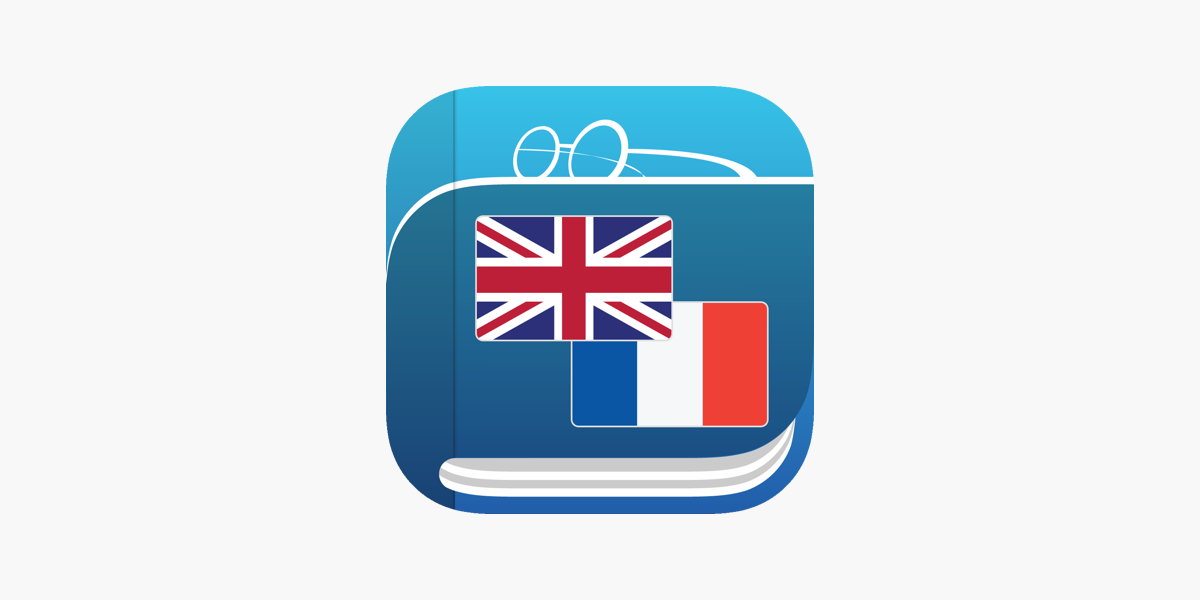
Having a French-English Dictionary app is a must for your trip to France, whether you’re a language pro or just starting out. It’s like our go-to dictionary but for French words. The app sorts words and phrases into categories like shopping, eating out, and weather, making it super handy.
And get this – it works offline and has audio pronunciations, quizzes, and flashcards to boost your French skills. I love the verb conjugator feature; it saved me from conjugation confusion. It’s a neat way to learn those tricky verb forms too. Trust me, this app is a language lifesaver!
What I like:
- Access a thorough dictionary offline for language support without an internet connection.
- Explore built-in phrasebooks containing common expressions and sentences in both French and English.
- Use a verb conjugator to master various verb forms and tenses.
- Benefit from a text-to-speech function for correct pronunciation.
- Add words, notes, and images to personalize the learning experience.
What I don’t like:
- Offline limitations: Although marketed as comprehensive offline dictionaries, certain functionalities may require an internet connection.
Availability – iOS and Android.
7. TheFork

TheFork app has made my dining experiences in France even more delightful, which I didn’t think was possible! It’s incredibly easy to discover, book, and sometimes even snag special discounts at restaurants. The app offers suggestions from chefs, displays mouthwatering food photos, and provides menu prices.
What’s particularly helpful is the inclusion of customer reviews, offering insights into others’ dining experiences. This is especially handy for those who may not be fluent in French, as it removes the need to make phone reservations – everything can be done seamlessly through the app.
What I like:
- Offers up to 50% discounts on dining out.
- Over 60,000 top dining spots in Europe and Australia are discoverable through the platform.
- Flexible plans include FREE, PRO, and PRO+ options to meet various restaurant needs.
What I don’t like:
- Limited coverage areas: The app has occasional booking glitches and limited coverage areas, potentially limiting its usability in certain regions.
Availability – iOS and Android.
8. G7 Taxi

When it comes to getting around Paris, G7 Taxi has become my preferred choice, surpassing Uber. The drivers are reliable, and the rates are guaranteed, giving me peace of mind.
What’s more, the app’s booking service is phenomenal. I’ve transitioned to using it exclusively, especially for those early morning airport rides, avoiding the uncertainty I faced with some Uber drivers in Paris. So, when you ask me “best apps for france travel? G7 app is one of them!
What I like:
- Allows immediate or advance booking (up to 30 days) with real-time tracking.
- In-app payment option, supporting bank cards through G7 Connect.
- There are 9,000 professional drivers and consistent pricing throughout the year
What I don’t like:
- None
Availability – iOS and Android.
9. Michelin Guide

The Michelin Guide app has been my trusted companion for discovering the best restaurants and hotels not only in France but around the world.
The ability to search by neighborhood in Paris and explore each establishment’s cuisine type, cost, and accolades like Michelin stars or Bib Gourmand (indicating excellent food at reasonable prices) is incredibly useful.
The app’s filters allow me to sort by price, stars, and other criteria, making it a comprehensive tool for planning exceptional dining experiences.
What I like:
- Easily find the world’s best restaurants and hotels
- Provide a convenient pocket guide for enthusiasts.
- Allows users to make reservations for top-rated restaurants and hotels, enhancing user experience.
- Access detailed reviews for over 20,000 establishments worldwide, providing insights into culinary experiences and accommodations.
What I don’t like:
- None
Availability – iOS and Android.
10. Flush

Flush is a godsend for those urgent moments when nature calls! This fast and user-friendly app helps me locate the nearest public bathrooms effortlessly. Providing immediate directions and information on whether there’s a fee or a key requirement, Flush ensures I’m well-prepared.
The added feature of user ratings gives me valuable insights into cleanliness and accessibility, making it an essential travel companion.
What I like:
- Helps users quickly locate nearby public bathrooms/restrooms.
- Flush incorporates crowdsourced information about toilet locations worldwide.
- Some versions offer features like tracking activities, earning badges, and achievements for users.
What I don’t like:
- None
Availability – iOS and Android.
Wrap up
To sum up, when planning your trip to France, exploring the best apps for France travel is essential for a smooth and enjoyable experience. From finding the best exchange rates to securing cozy accommodations, these apps have turned my trips into seamless adventures. So whether you’re strolling the streets of Paris or enjoying the charm of the countryside, let these apps be your allies for an unforgettable journey through France!
Plus, if you found this information helpful, don’t hesitate to share it with your friends and family. Happy exploring!

